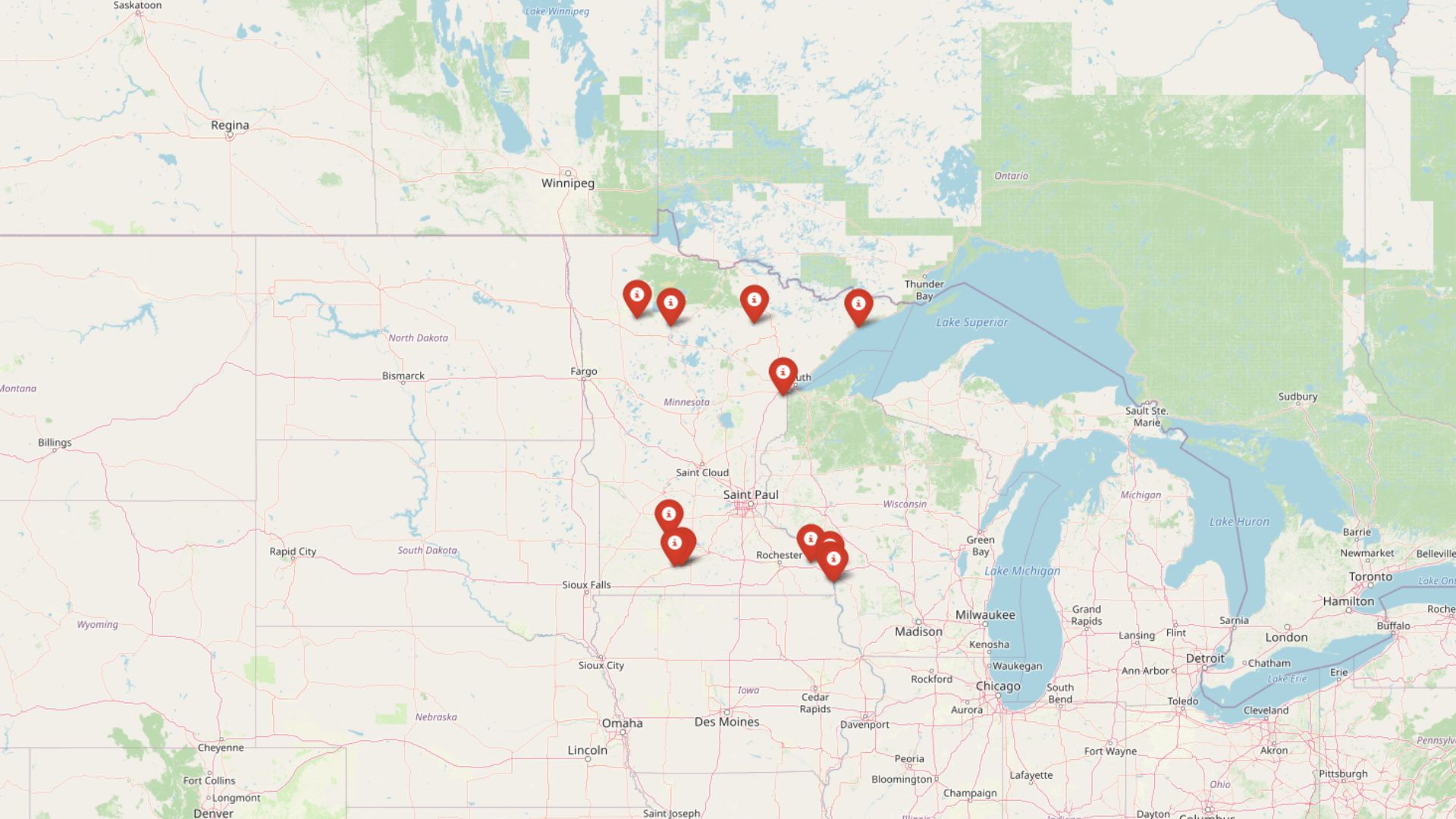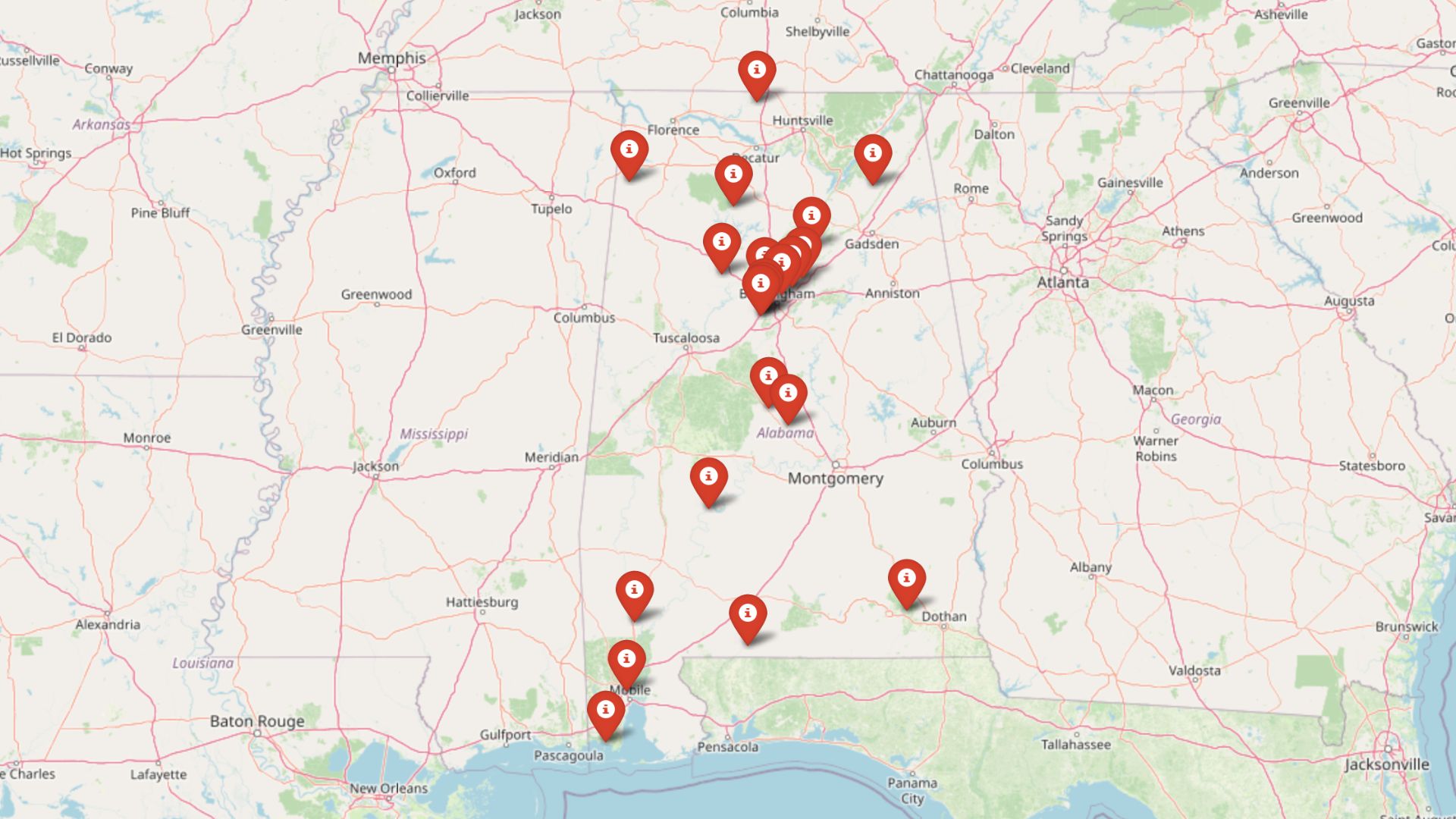
Not every small town in Alabama is a retiree’s dream. According to new 2025 data from the Overall Retirement Score (ORS), 21 towns in the state fall short when it comes to key quality-of-life factors that matter most in retirement—like access to healthcare, walkability, and cultural opportunities. While some Alabama communities are thriving hubs for retirees, these towns scored lowest for comfort, convenience, and livability. Whether it’s long drives to the nearest grocery store or a lack of quiet neighborhoods, these places might make retirement more stressful than serene.
21. Fairfield – Limited Senior-Friendly Healthcare
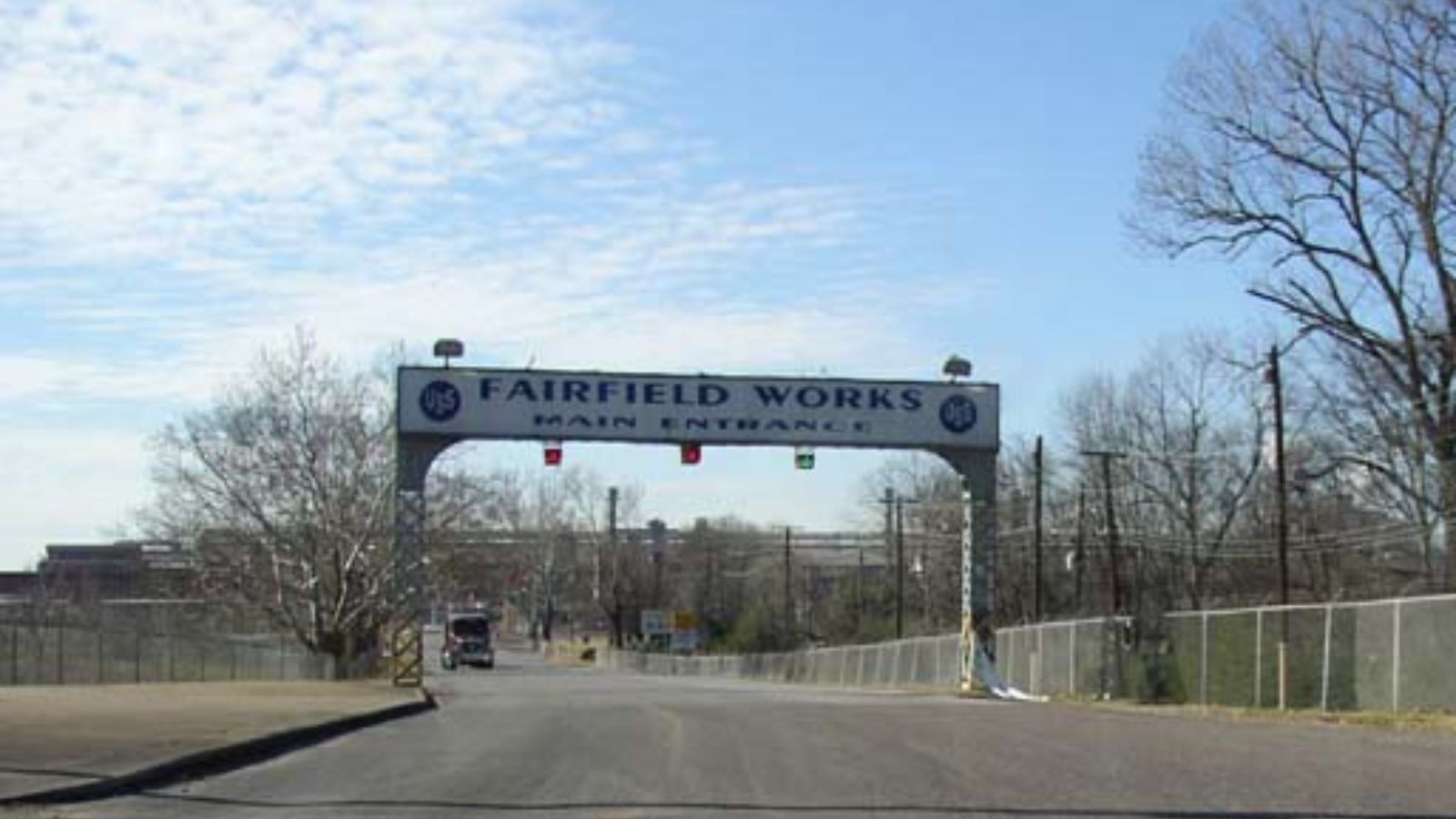
Patriarca12, CC BY-SA 3.0, via Wikimedia Commons
Located just west of Birmingham, Fairfield is a city with a long industrial history and a shrinking population. Once a hub for steel production, it now struggles with limited local services and access to healthcare. While its proximity to a major metro area could be seen as a benefit, Fairfield itself lacks the infrastructure to support aging residents who might not want to travel far for routine medical care or day-to-day errands.
Fairfield may appeal more to younger commuters who work in Birmingham and don’t mind driving for what they need. For retirees, though, the city’s limited amenities and under-resourced public services can be a challenge. It’s not a town built around comfort or ease of living for older adults, and that becomes more noticeable as you compare it with better-equipped suburbs nearby.
Fairfield – ORS 32.94

- Overall Retirement Score: 32.94
- Quietness: 37.75
- Walkability: 59.23
- Cultural amenities: 20.56
- Vibrancy: 55.94
- Car-Friendliness: 76.38
- Transit-Friendliness: 0
Fairfield’s ORS score reflects a town that isn’t built with retirees in mind. The lack of public transit and healthcare access, combined with below-average quietness and cultural offerings, adds up to an environment that may feel more isolating than restful. While walkability is decent, there’s not much nearby to walk to that meets the needs of older adults.
20. Bayou La Batre – Few Amenities, Long Drives
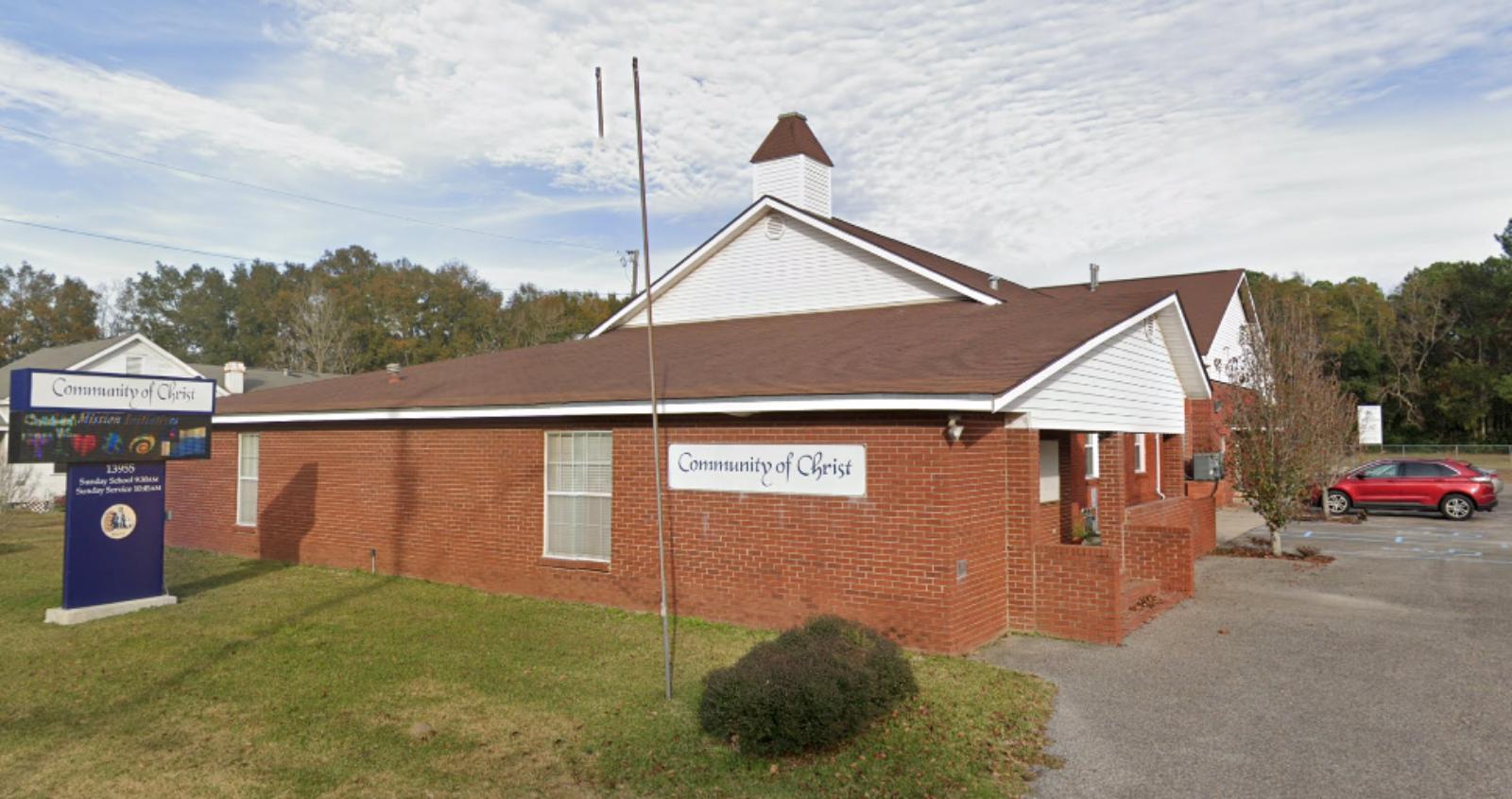
Bayou La Batre is a small fishing town on Alabama’s Gulf Coast, known for its seafood industry and maritime heritage. It’s picturesque in places, but that charm comes at a cost for retirees. Essential services are limited, and the nearest hospitals and senior-focused care providers are in Mobile—about 30 minutes away. That can be a real drawback as mobility and medical needs increase.
Despite its peaceful vibe, Bayou La Batre isn’t particularly walkable, and there’s no public transit to fall back on. The town’s focus is still firmly on commercial fishing and industrial work, making it better suited to working-age residents. Those looking for retirement convenience and a wider range of services will likely find themselves frustrated.
Bayou La Batre – ORS 32.77
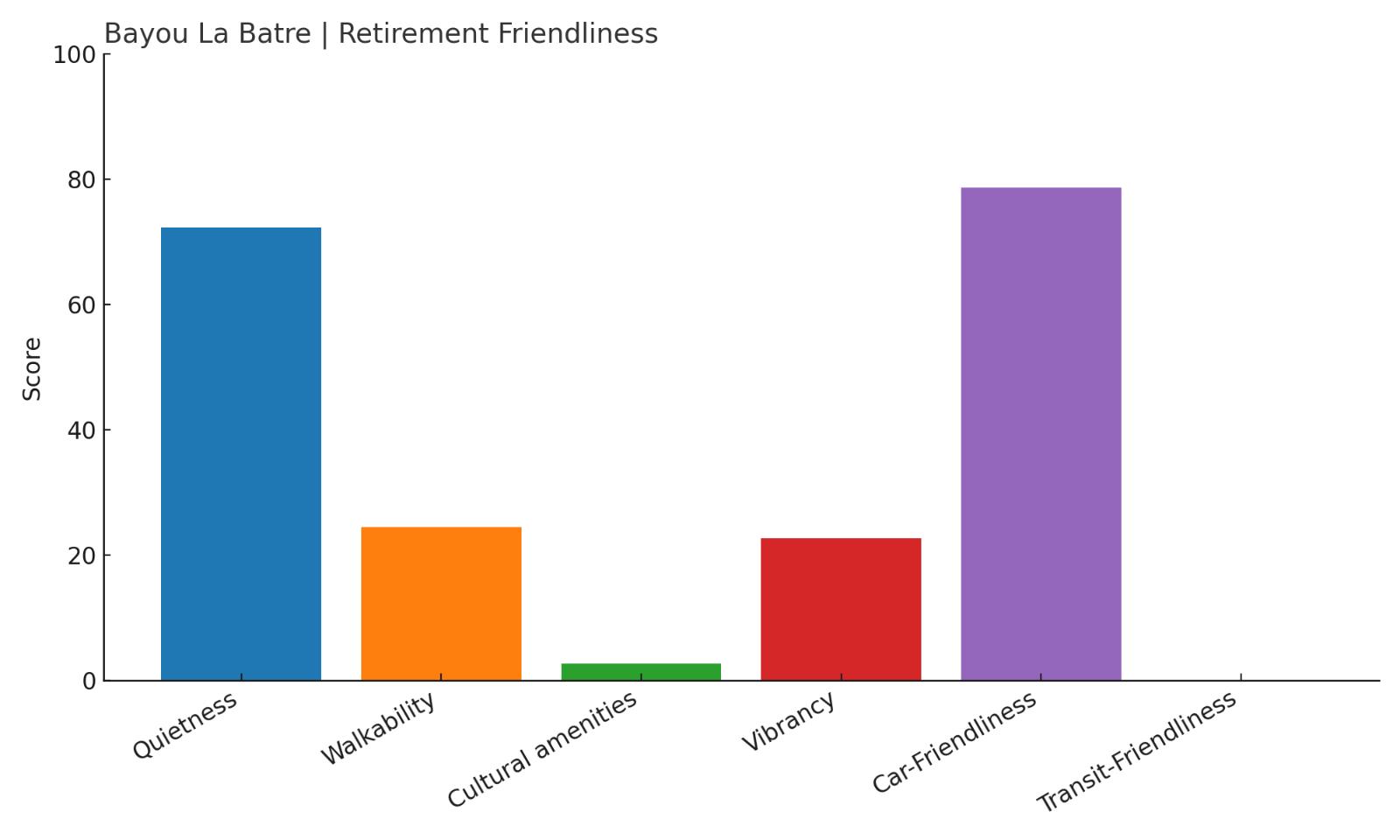
- Overall Retirement Score: 32.77
- Quietness: 72.24
- Walkability: 24.41
- Cultural amenities: 2.61
- Vibrancy: 22.63
- Car-Friendliness: 78.62
- Transit-Friendliness: 0
With a low ORS and almost nonexistent cultural scene, Bayou La Batre offers little in the way of stimulation or support for retirees. It’s quiet and car-friendly, but you’ll need that car for everything. The lack of walkable options and services close to home limits independence, especially for seniors who’d prefer to age in place.
19. Billingsley – Remote and Lacking Services

Billingsley is a tiny town in Autauga County, set amid rural stretches of central Alabama. It’s the kind of place where everyone knows everyone—but that small-town charm doesn’t come with much in terms of infrastructure. The town is remote, and even basic healthcare or shopping requires a significant drive.
Its quiet, country setting may appeal to those who want total peace and seclusion, but it’s not ideal for those who need or want nearby access to senior support, social activity, or walkable options. It’s better suited for younger families or remote workers looking for solitude, not aging residents looking for support.
Billingsley – ORS 32.17
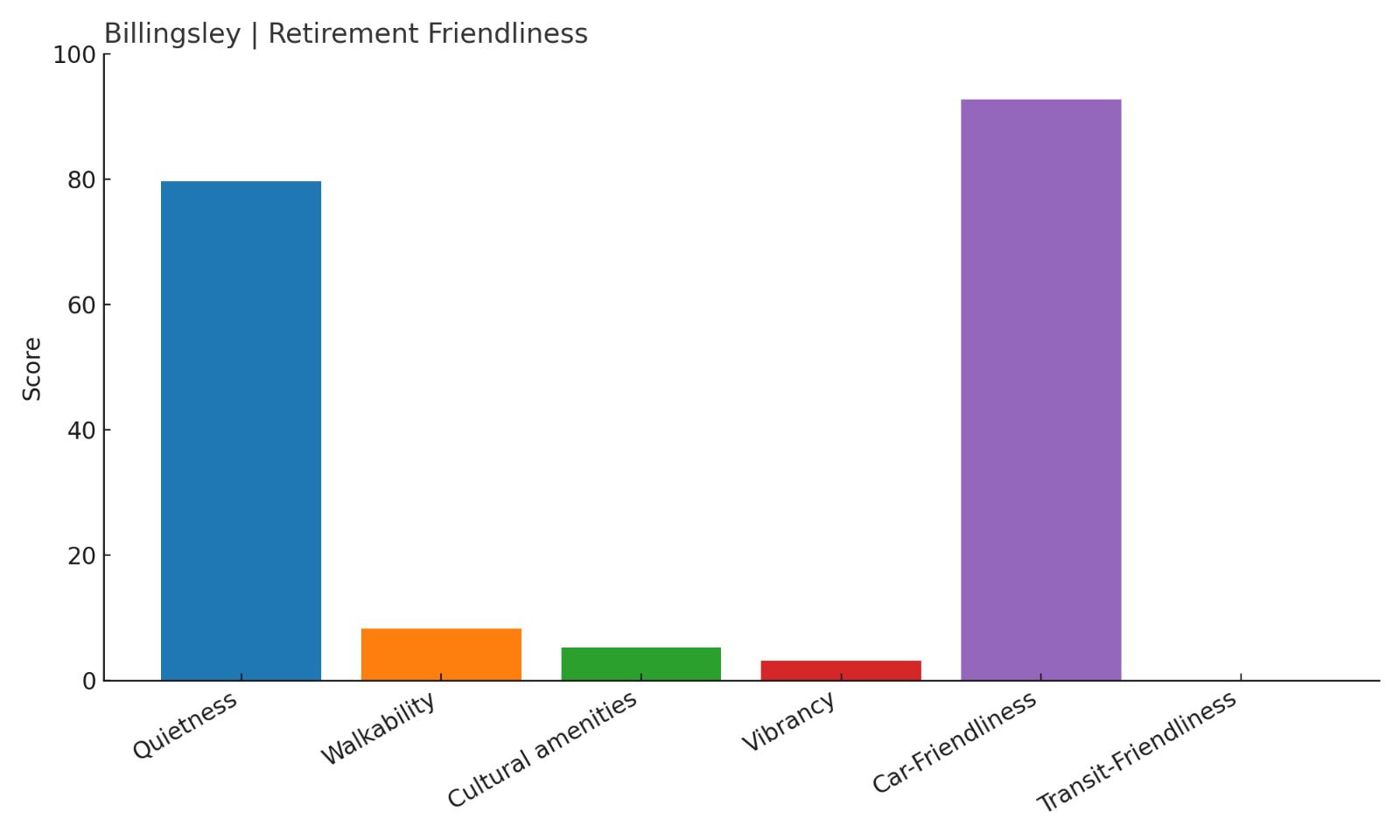
- Overall Retirement Score: 32.17
- Quietness: 79.67
- Walkability: 8.29
- Cultural amenities: 5.27
- Vibrancy: 3.05
- Car-Friendliness: 92.75
- Transit-Friendliness: 0
Billingsley’s low walkability, vibrancy, and cultural access put it near the bottom of the list for retirement readiness. While it earns points for peace and quiet, the trade-off is isolation. Without public transit or local resources, retirees may feel cut off from the social and healthcare supports they need most.
18. Geraldine – Sparse Culture and Low Engagement
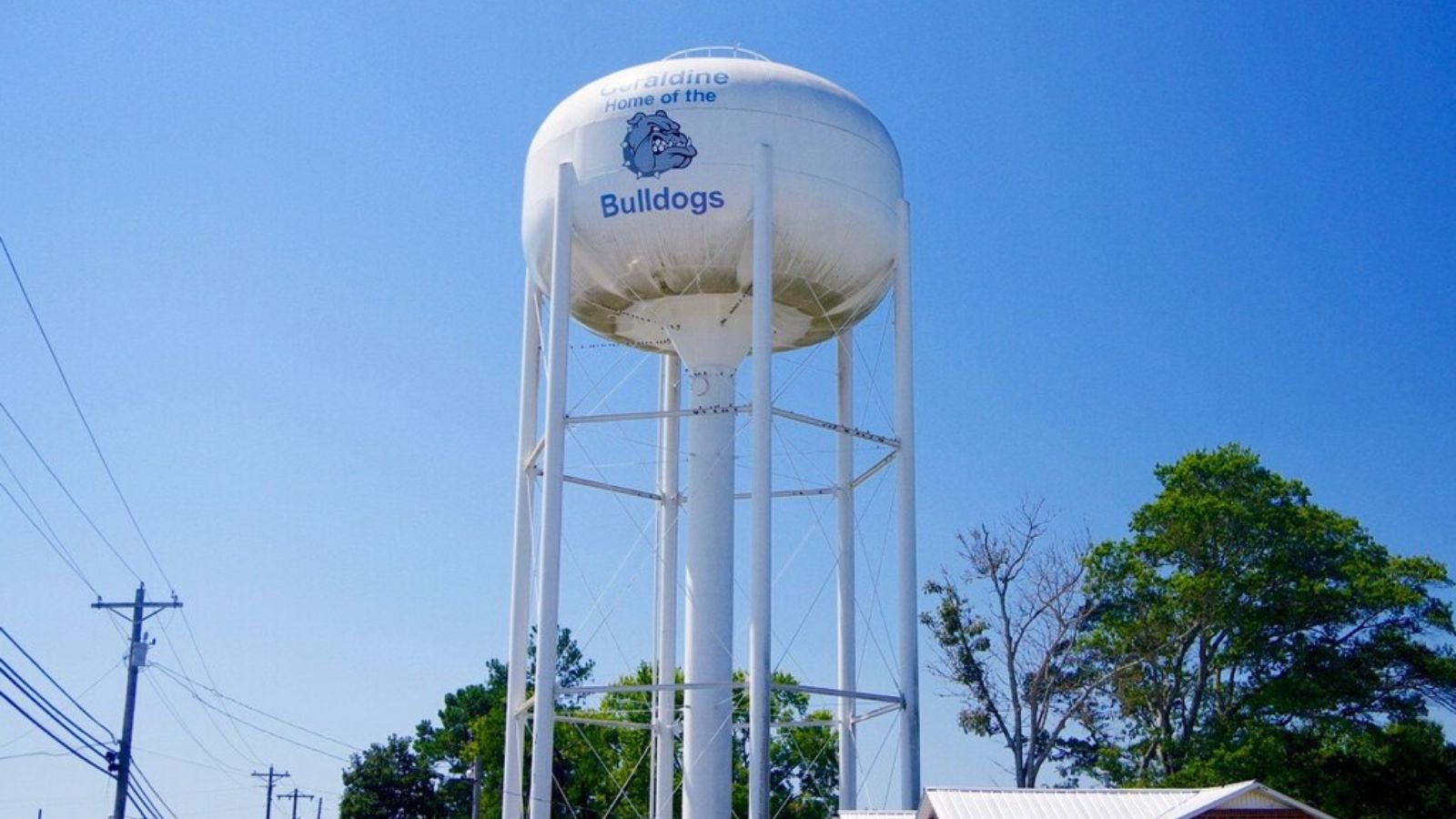
Geraldine is nestled in DeKalb County in northeast Alabama, near the edge of Sand Mountain. While the scenery is lovely and the town is generally safe, Geraldine doesn’t offer much to do—especially for seniors looking for regular community engagement. There are few events, limited entertainment, and almost no access to senior-oriented resources.
The area is more agricultural than residential in nature, and the population skews toward working-age families and farming households. Geraldine may be ideal for those already deeply rooted in the community, but for new retirees seeking connection or enrichment, it can feel isolating and stagnant.
Geraldine – ORS 31.84

- Overall Retirement Score: 31.84
- Quietness: 63.78
- Walkability: 18.89
- Cultural amenities: 6.76
- Vibrancy: 21.09
- Car-Friendliness: 77.17
- Transit-Friendliness: 0
Geraldine’s ORS score reveals a town that’s quiet but lacking energy and variety. The absence of transit and a limited cultural scene makes it hard for retirees to stay active or connected. Even with a car, there’s not much nearby to visit or enjoy without traveling to larger towns.
17. Parrish – Quiet but Disconnected
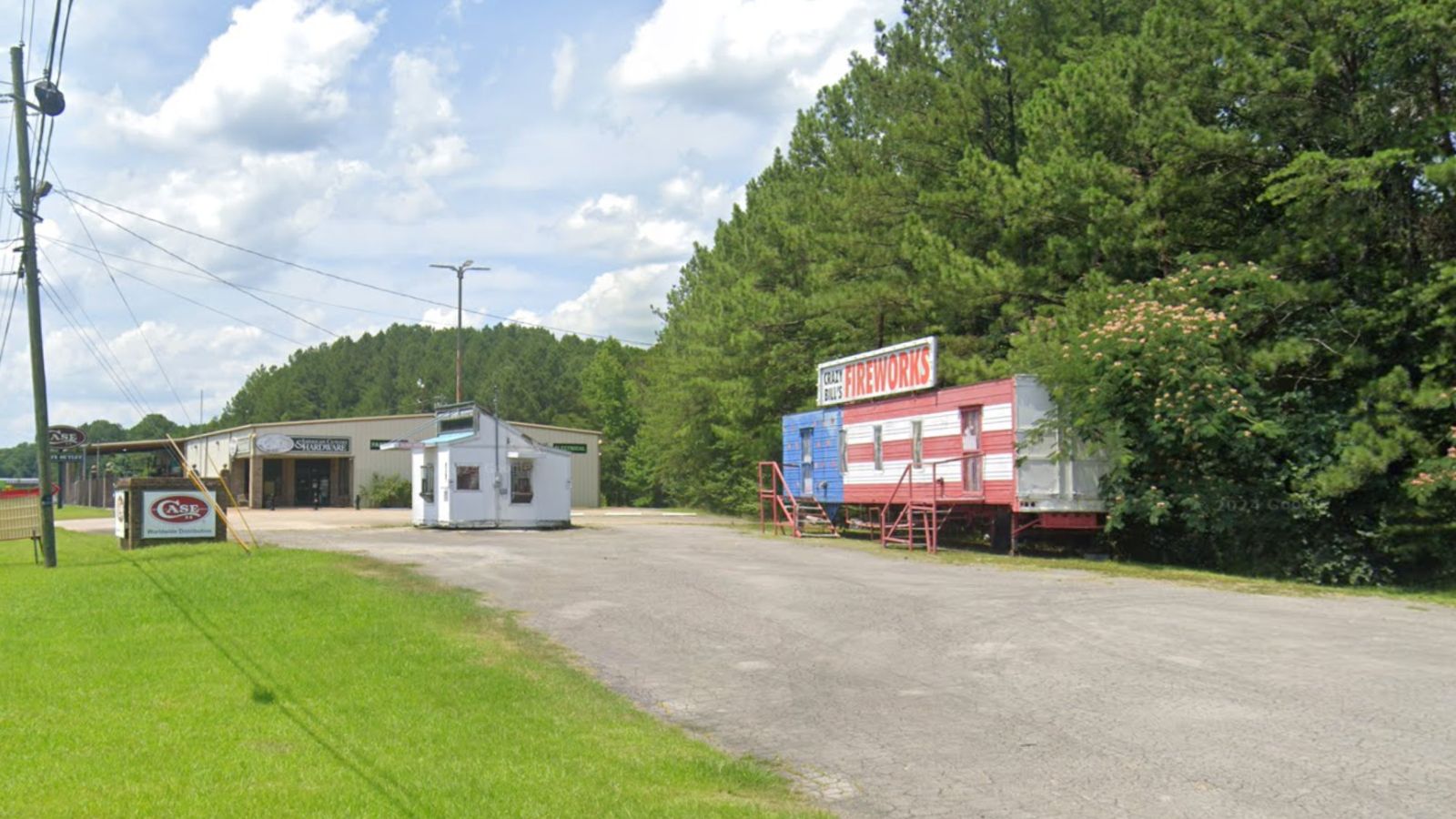
Parrish sits in Walker County, northwest of Birmingham. It’s known for its small size and slow pace of life, which can sound appealing—but it also means there’s not much happening. There are no hospitals in town, limited shopping, and next to no public programs or services for older adults. It’s very much a “drive everywhere” kind of place.
For retirees hoping for walkable access to daily needs or community events, Parrish offers little. While the surroundings are calm and the pace is slow, the town lacks structure and services to support healthy aging. It may be fine for longtime locals, but less so for new arrivals seeking retirement comfort.
Parrish – ORS 31.14
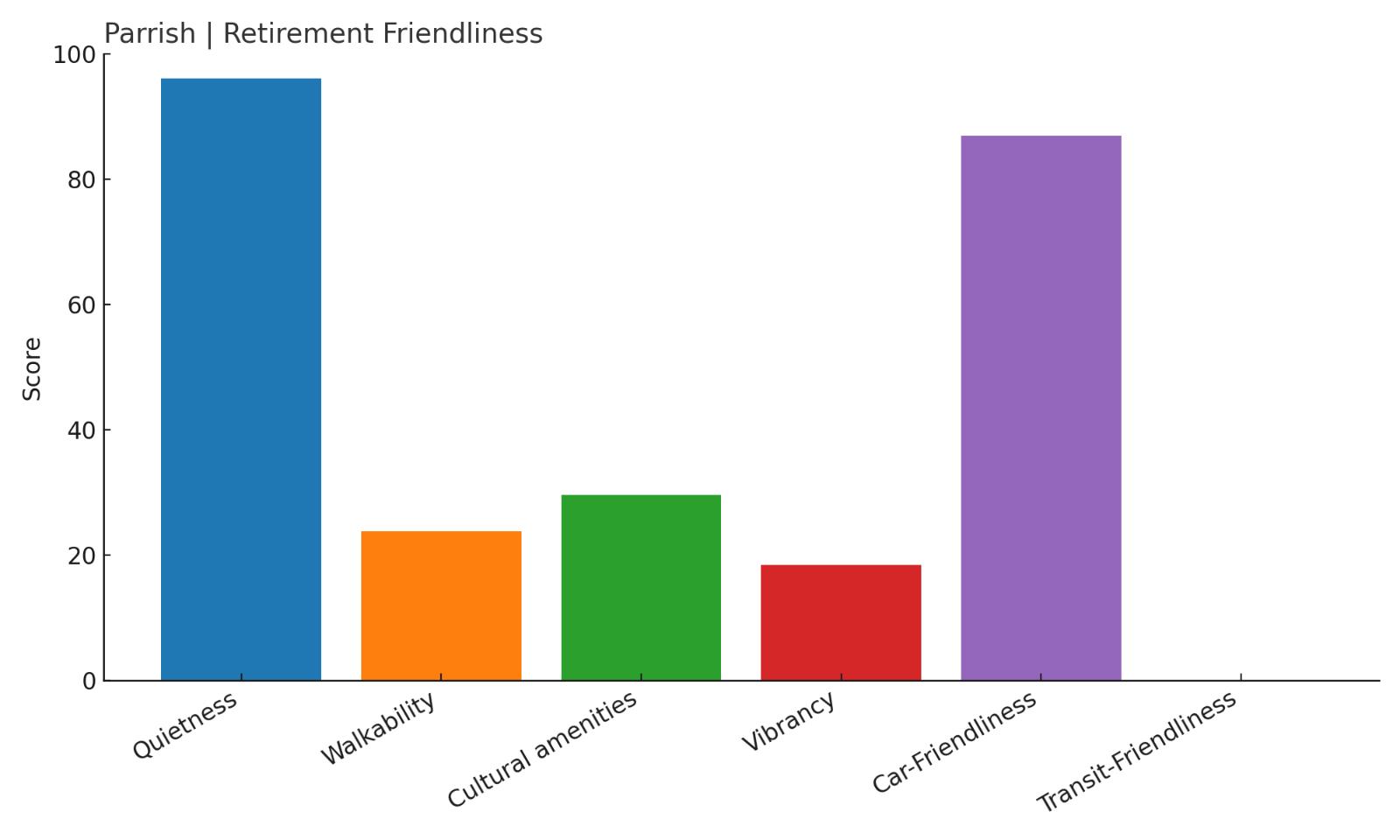
- Overall Retirement Score: 31.14
- Quietness: 96.05
- Walkability: 23.75
- Cultural amenities: 29.61
- Vibrancy: 18.36
- Car-Friendliness: 86.92
- Transit-Friendliness: 0
Parrish scores well for quietness but falls short where it matters for seniors—services, access, and connection. There’s no transit and little within walking distance. While peaceful, the town’s low vibrancy makes it hard to stay active or socially engaged, which is key to a fulfilling retirement.
16. East Brewton – Isolated with Minimal Attractions
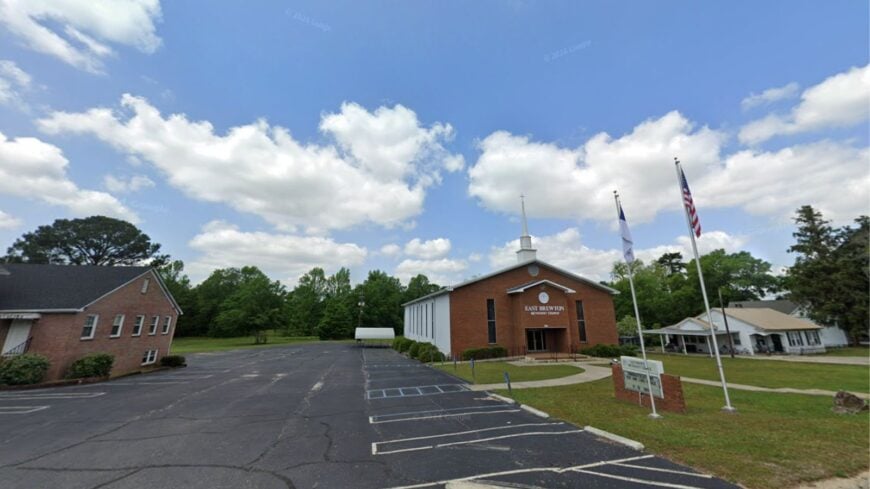
East Brewton lies in Escambia County, just across the creek from Brewton. It’s small and largely residential, with a handful of local businesses and no major hospital within city limits. For retirees, that means relying heavily on nearby Brewton for medical care, shopping, and recreation. Even then, the options remain limited compared to larger retirement-friendly towns.
The town lacks cultural amenities and walkable areas, so getting around without a car isn’t practical. East Brewton may be a quiet place to live, but its isolation and limited access to community activities or support services make it a poor fit for those entering their later years.
East Brewton – ORS 30.33
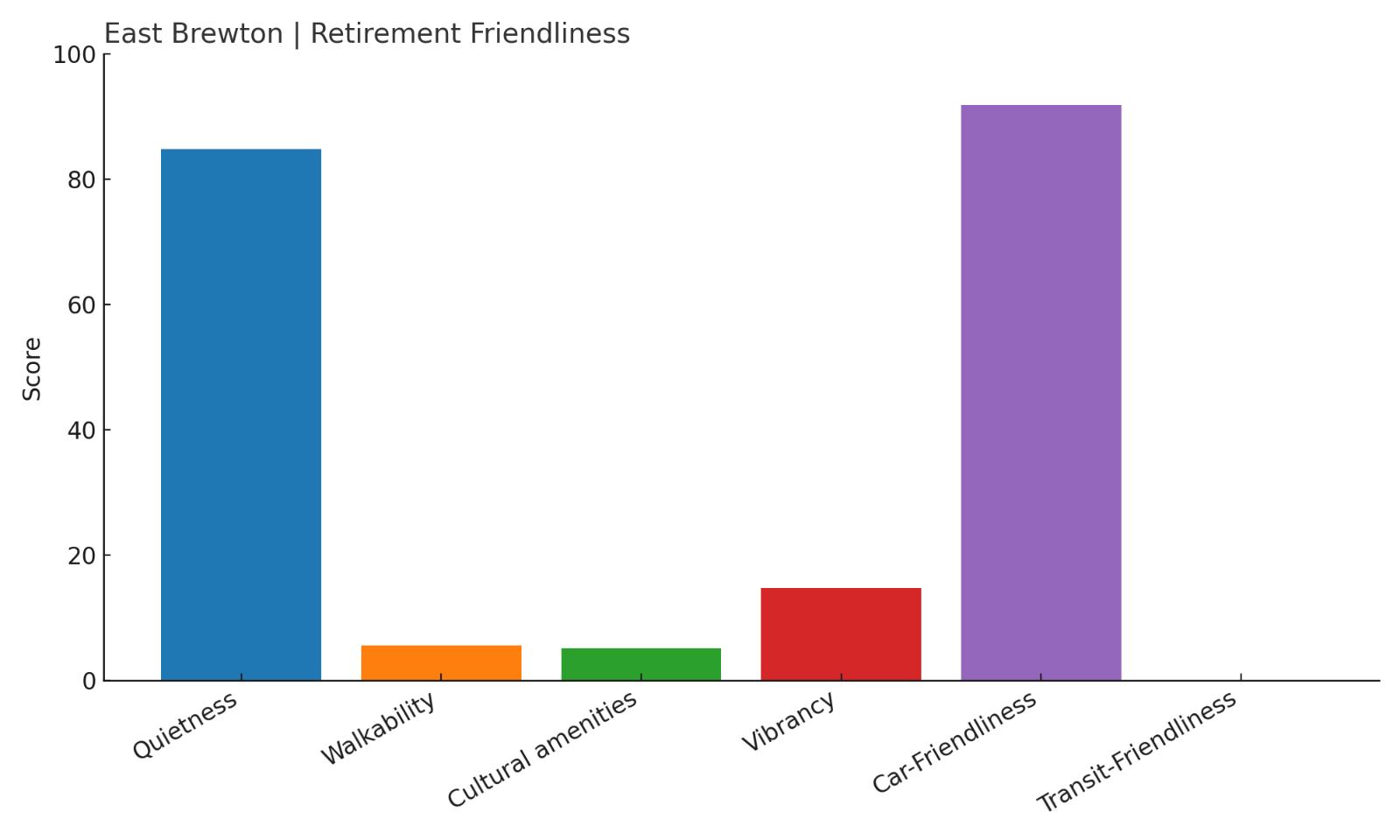
- Overall Retirement Score: 30.33
- Quietness: 84.81
- Walkability: 5.53
- Cultural amenities: 5.14
- Vibrancy: 14.77
- Car-Friendliness: 91.78
- Transit-Friendliness: 0
Despite its calm atmosphere, East Brewton lacks almost everything retirees typically seek: walkable streets, vibrant public life, or easy access to healthcare and recreation. The low ORS reflects just how limited the town is in terms of convenience and engagement, especially for seniors who value independence.
15. Elkmont – Quiet Roads, Empty Calendar
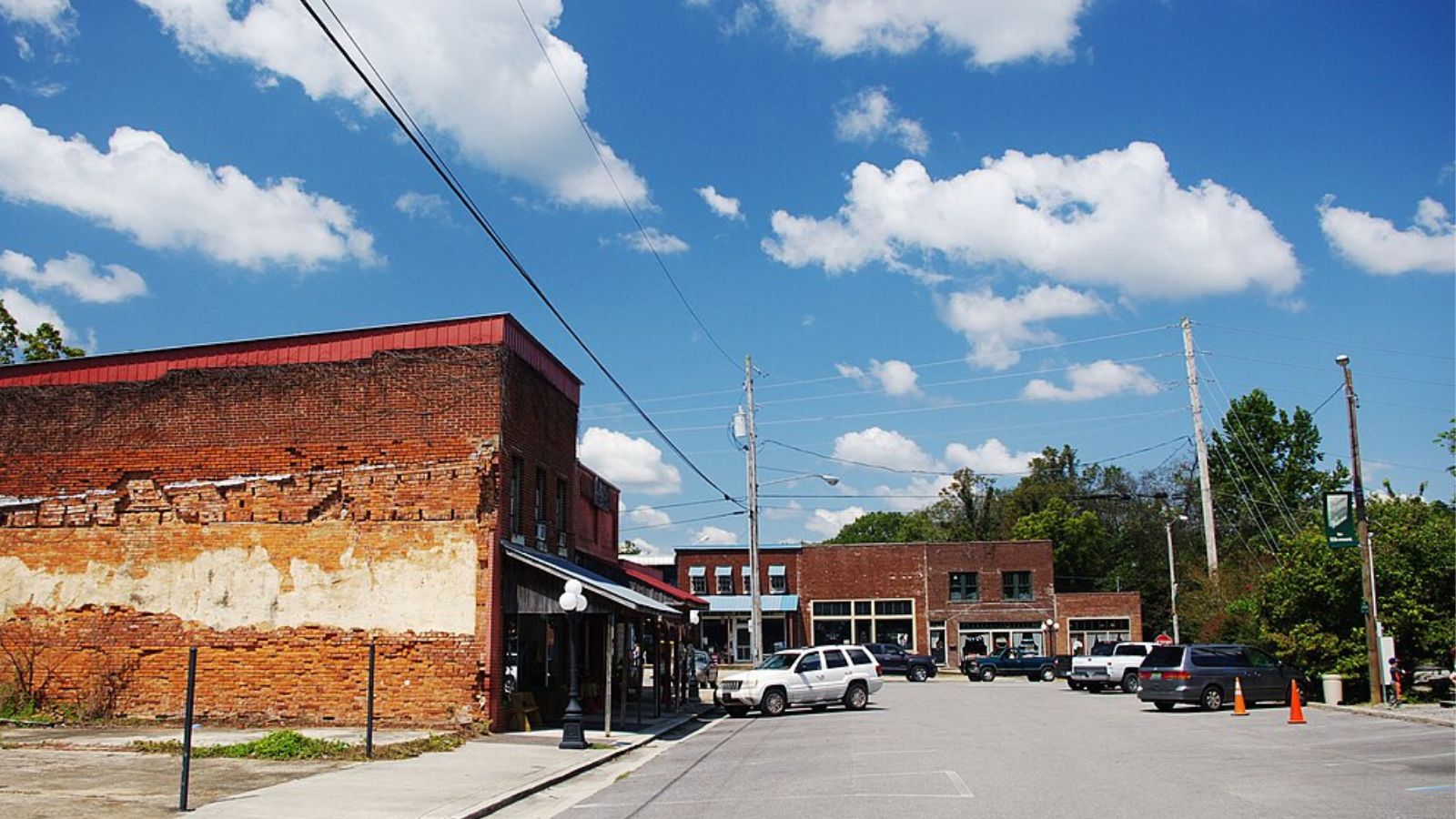
Elkmont is a small town in Limestone County, situated near the Tennessee border. It’s known for its peaceful rural vibe and for being home to the Richard Martin Trail, a scenic rail-trail that draws a few outdoor enthusiasts. But beyond that, the town has little to offer in terms of culture, healthcare, or regular community events—especially those geared toward retirees.
Elkmont has some historical charm and natural beauty, but it doesn’t have the infrastructure to support a full, active retirement. Its near-total dependence on cars, paired with low vibrancy and walkability, means it’s better suited to younger adults looking for a weekend escape than older residents needing regular support and stimulation.
Elkmont – ORS 30.24
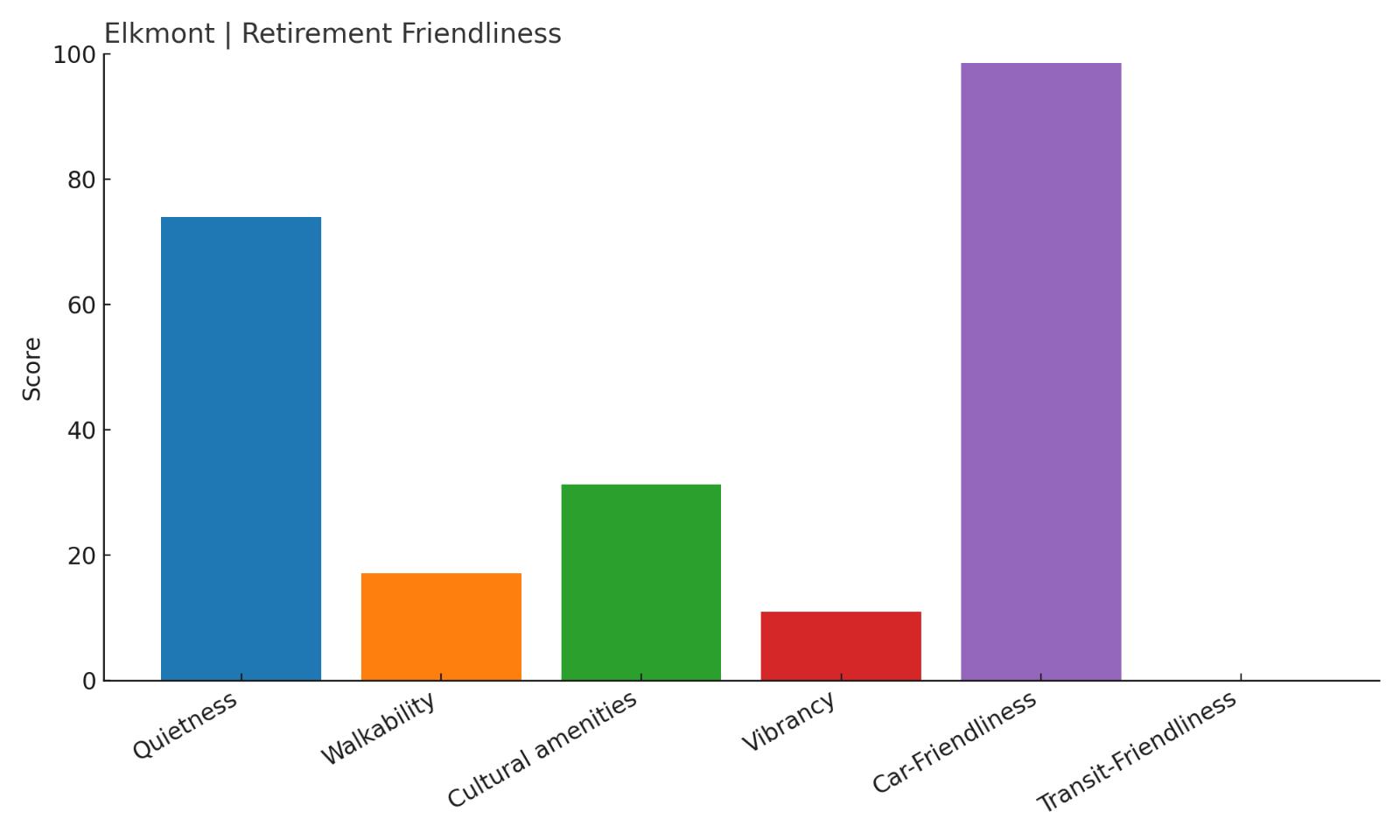
- Overall Retirement Score: 30.24
- Quietness: 73.97
- Walkability: 17.09
- Cultural amenities: 31.29
- Vibrancy: 10.93
- Car-Friendliness: 98.51
- Transit-Friendliness: 0
Elkmont’s high car-dependence and low vibrancy score work against retirees who want more than just a peaceful place to live. Without senior services, walkable access, or meaningful local events, aging here could feel lonely and logistically difficult over time.
14. Maplesville – Limited Support, Few Distractions
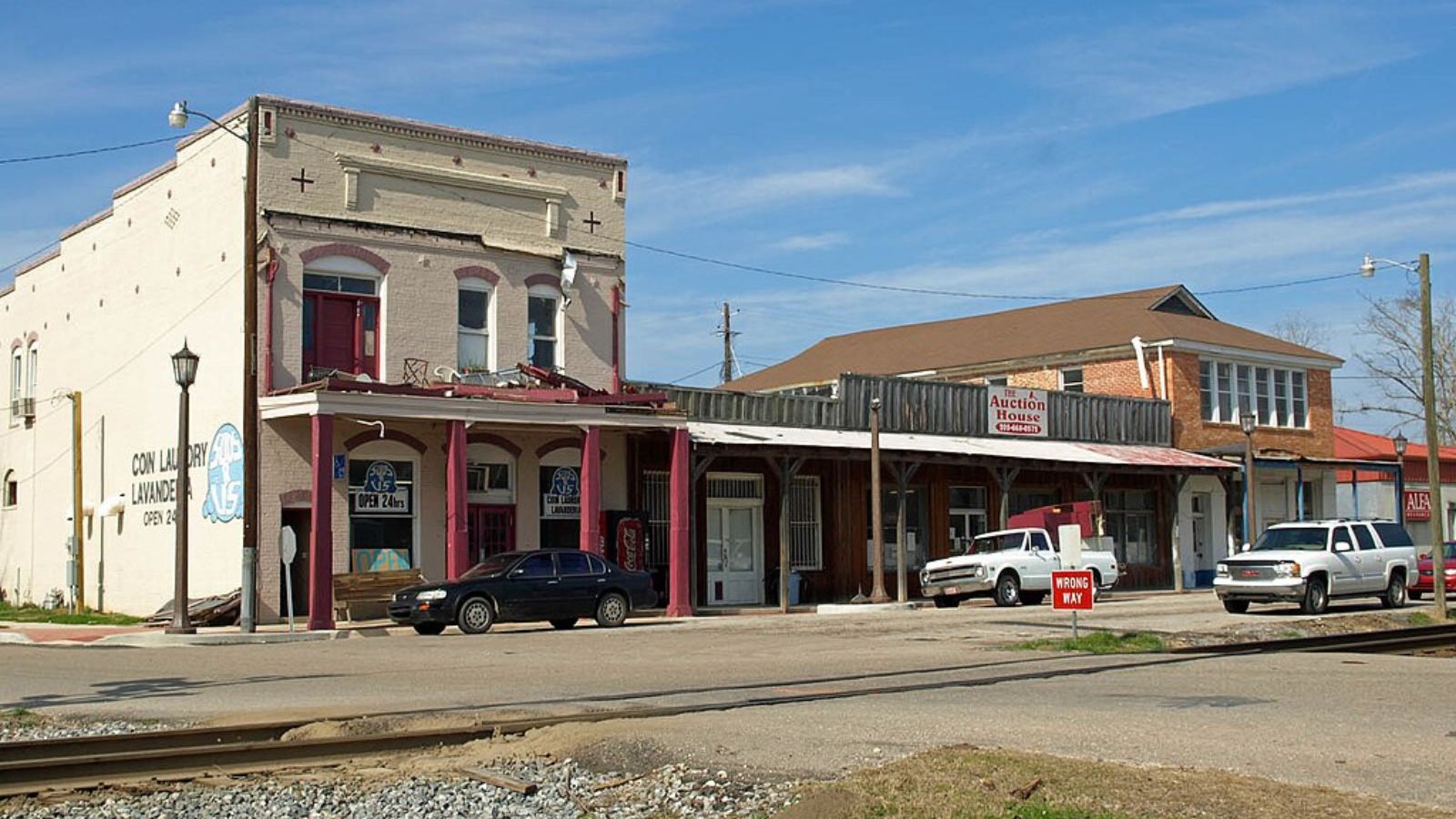
Maplesville is located in Chilton County, central Alabama, and serves as a quiet crossroads town along U.S. Route 82. It’s surrounded by farmland, and while it offers a close-knit community, the trade-off is very few services or entertainment options for seniors. Medical care, grocery stores, and even basic social activities require travel to larger neighboring towns.
The town’s sparse population and rural setting may appeal to some, but it doesn’t cater to retirees who want access to regular healthcare, enrichment, or reliable services. Without transit or walkable paths, day-to-day errands or appointments become harder to manage without constant driving.
Maplesville – ORS 30.13
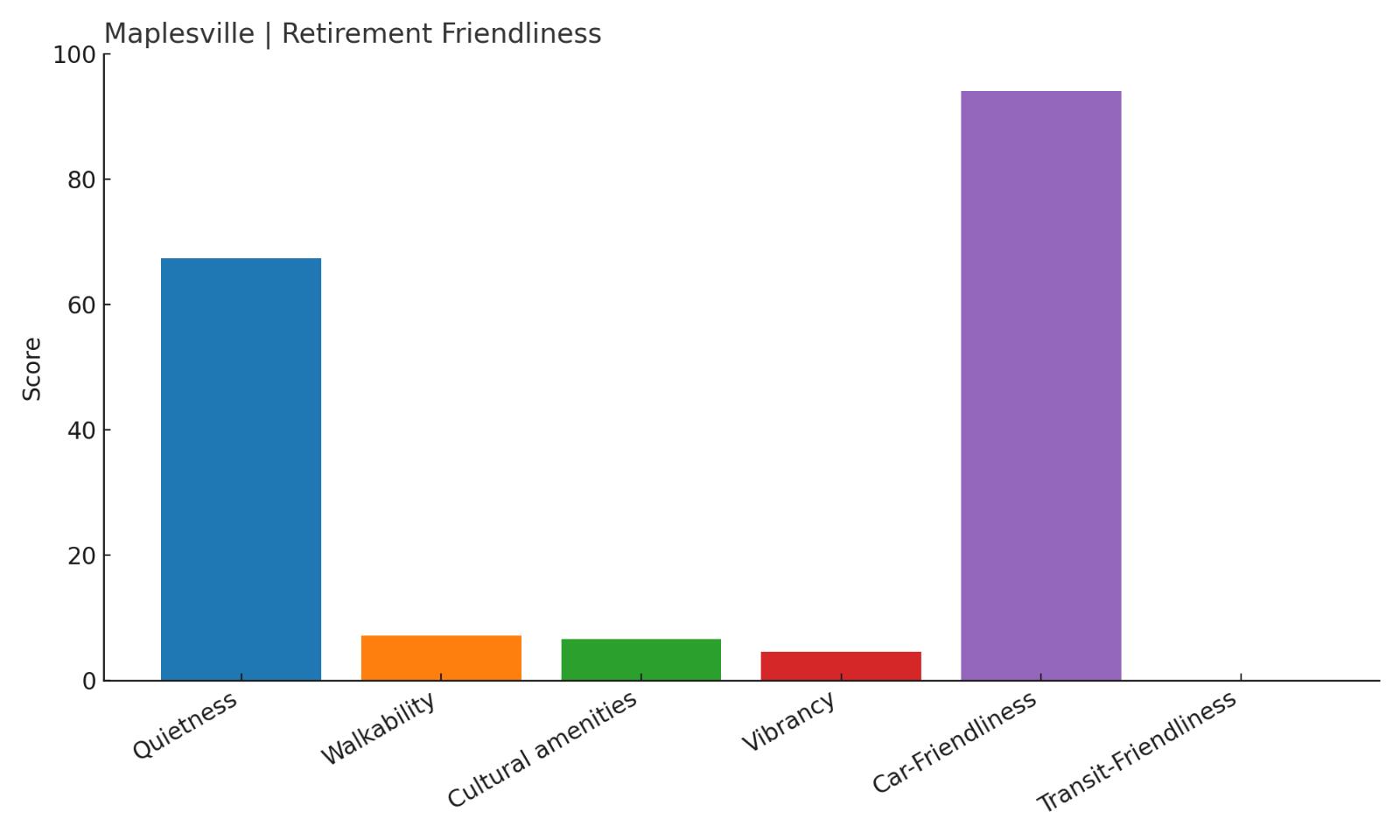
- Overall Retirement Score: 30.13
- Quietness: 67.37
- Walkability: 7.11
- Cultural amenities: 6.55
- Vibrancy: 4.58
- Car-Friendliness: 94.01
- Transit-Friendliness: 0
Maplesville’s ORS paints a picture of a town that’s quiet but disconnected. With very little culture or vibrancy, and no transit or walkability, retirees here are reliant on cars and cut off from the kind of lifestyle that supports aging well and staying socially active.
13. Vina – Hodges – Low Energy, Few Conveniences
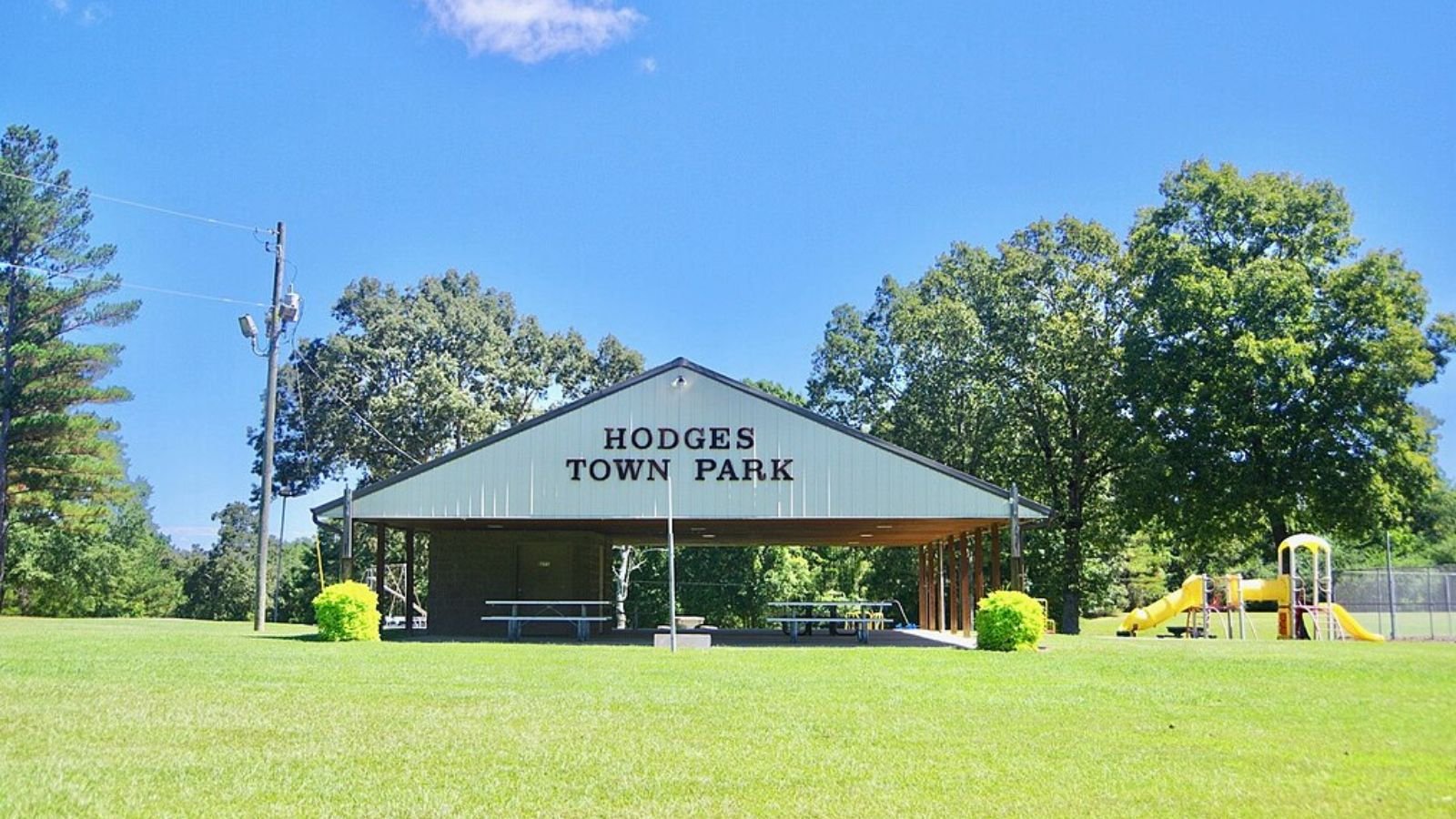
Vina and Hodges are neighboring rural towns in northwest Alabama, close to the Mississippi border. The region is peaceful and scenic, but life here is slow—sometimes to a fault. With no local hospitals, few stores, and virtually no cultural life, residents need to travel miles for even basic needs. That’s a tall order for seniors hoping to stay local and low-maintenance in retirement.
The area is car-centric, quiet, and nearly untouched by development. While some may enjoy the seclusion, others may find it isolating. Without access to public transit or vibrant public spaces, Vina and Hodges offer little to keep retirees engaged, mobile, or supported.
Vina – Hodges – ORS 29.78
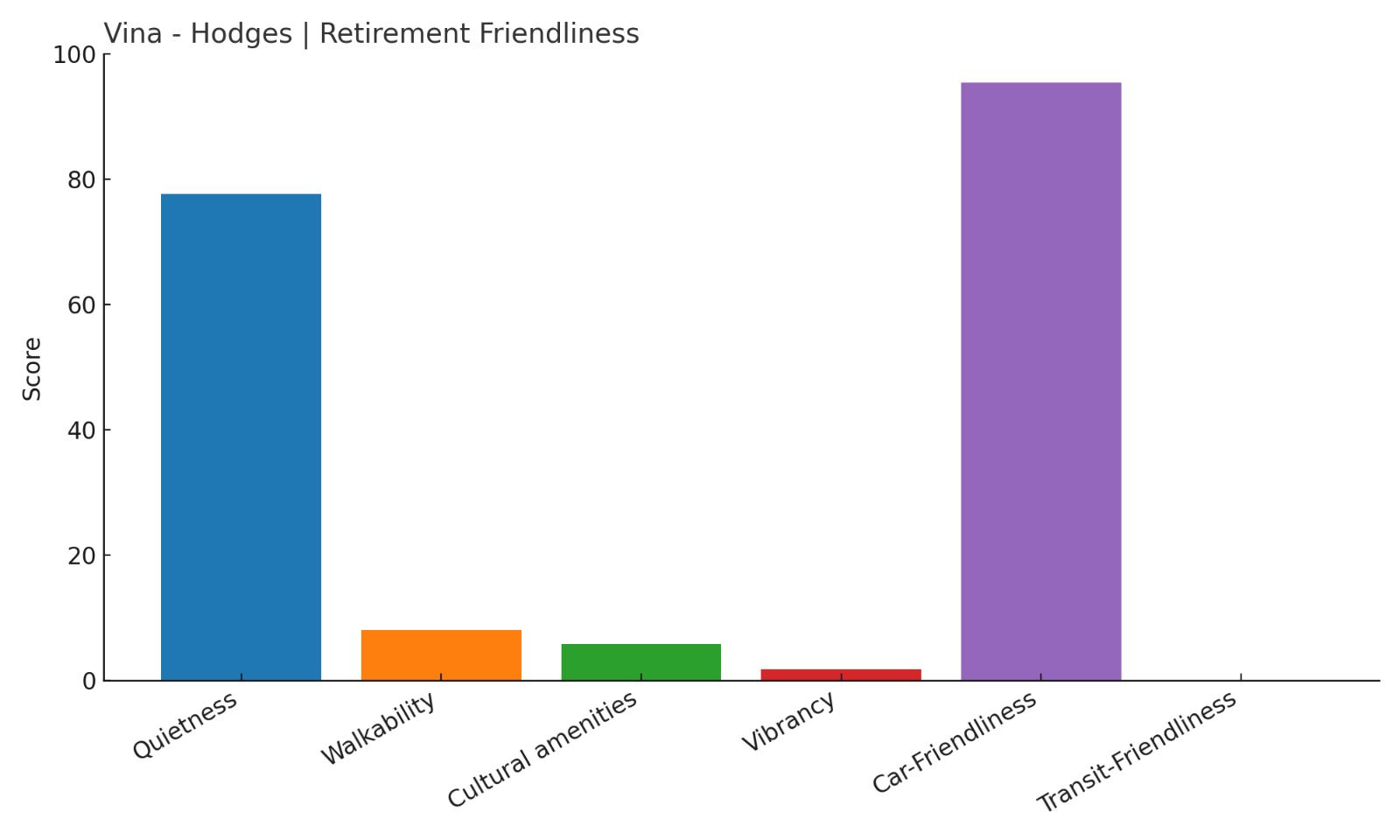
- Overall Retirement Score: 29.78
- Quietness: 77.62
- Walkability: 8.06
- Cultural amenities: 5.75
- Vibrancy: 1.78
- Car-Friendliness: 95.4
- Transit-Friendliness: 0
The ORS score confirms what residents already know—life in Vina and Hodges is quiet and car-dependent, but it lacks almost everything that makes a town retirement-ready. Low vibrancy and walkability, combined with a sparse cultural footprint, make it a tough sell for older adults without strong local ties.
12. Fort Rucker – Lacks Stability and Local Life

Fort Rucker is a U.S. Army post primarily dedicated to aviation training, located in Dale County. While military towns can sometimes offer strong infrastructure, Fort Rucker is unique in that it’s designed to serve an active-duty population. It lacks the slow pace, dedicated senior services, and long-term residential feel that many retirees seek.
Beyond the base, the surrounding area has limited entertainment or healthcare options geared toward seniors. Fort Rucker is more suited to transient military personnel than those looking to settle down. For civilians especially, it can feel impersonal and disconnected from the lifestyle that supports healthy aging.
Fort Rucker – ORS 28.91
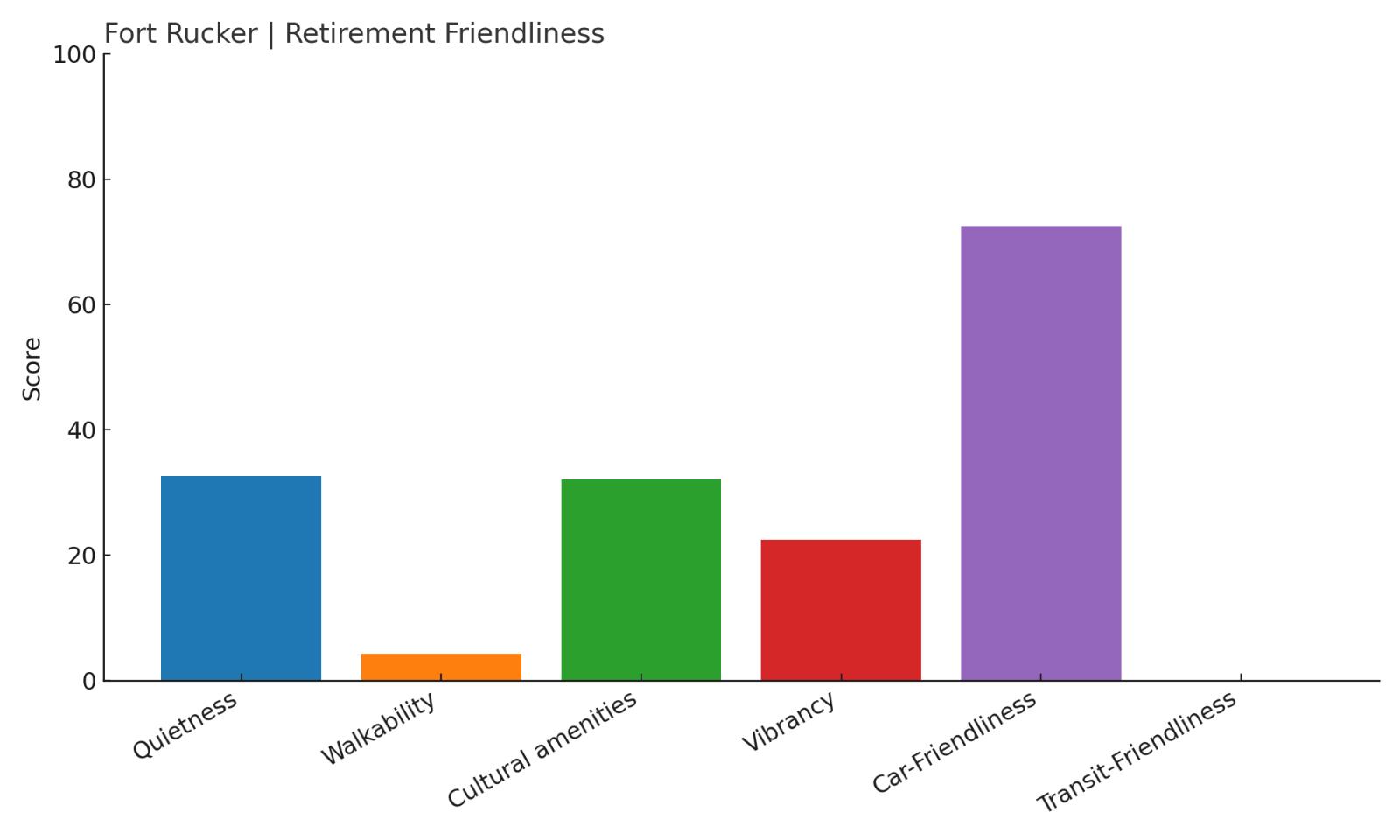
- Overall Retirement Score: 28.91
- Quietness: 32.62
- Walkability: 4.21
- Cultural amenities: 32.05
- Vibrancy: 22.44
- Car-Friendliness: 72.43
- Transit-Friendliness: 0
With a low quietness score and limited walkability, Fort Rucker is not built for older adults. It’s active and car-focused, and while it has some cultural presence due to military programming, that rarely includes the types of engagement retirees actually want. The ORS reflects these gaps clearly.
11. Brighton – Urban Edge with Few Perks for Seniors
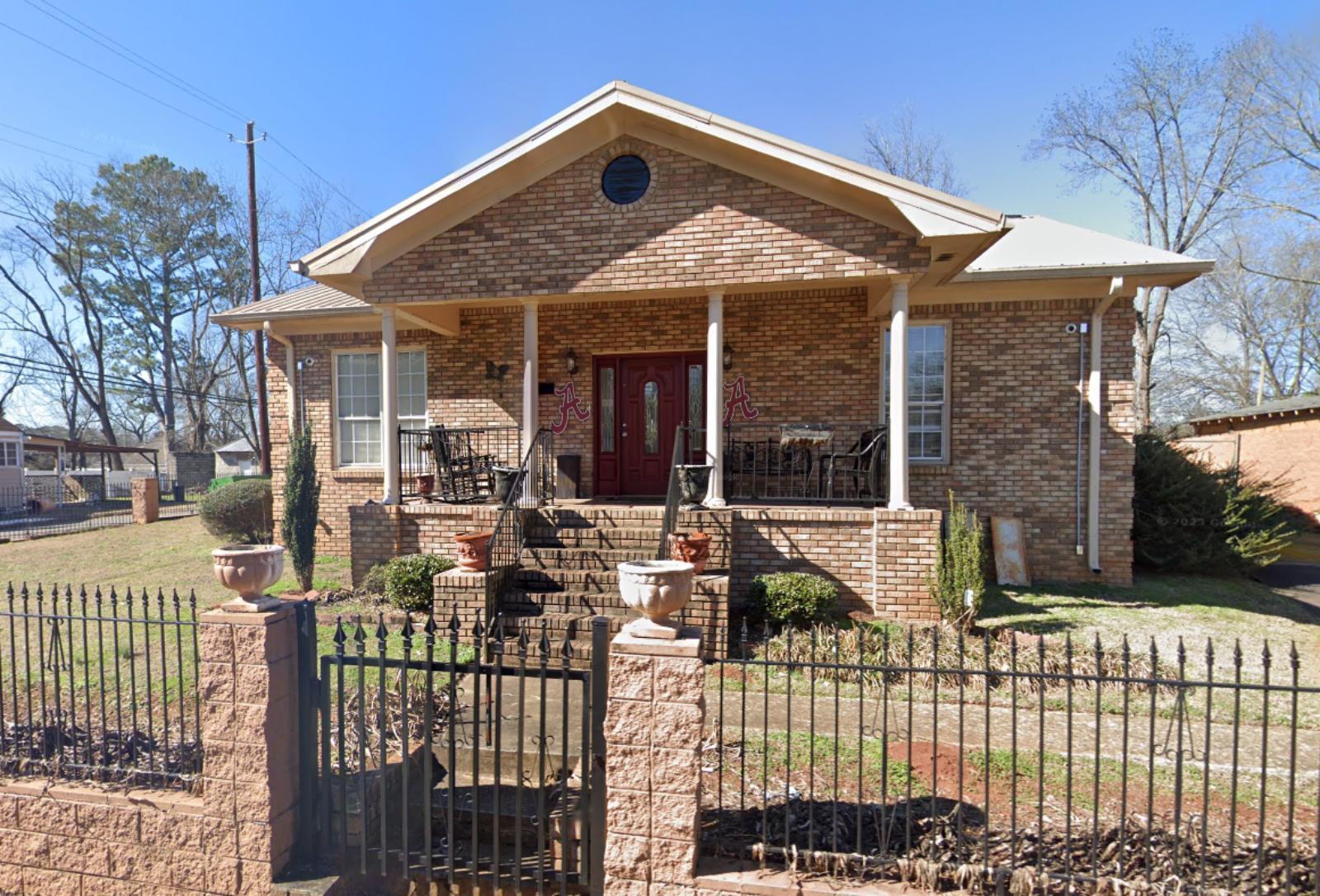
Brighton is a small city in Jefferson County, just southwest of Birmingham. Though technically part of the greater Birmingham metro, Brighton hasn’t benefited much from the area’s broader development. The town has struggled with declining infrastructure and limited investment, leaving behind a patchy mix of residential streets and underused commercial zones.
For retirees, this means fewer amenities, little walkable access to shopping or healthcare, and a general lack of vibrancy. Brighton’s proximity to a major city doesn’t help much if the local area feels neglected and lacking services. Seniors hoping for a strong community feel or easy daily routines will likely be disappointed.
Brighton – ORS 28.02

- Overall Retirement Score: 28.02
- Quietness: 33.33
- Walkability: 59.52
- Cultural amenities: 10.22
- Vibrancy: 35.8
- Car-Friendliness: 80.45
- Transit-Friendliness: 0
Brighton’s ORS score reflects a mix of moderate walkability but poor quietness and limited cultural opportunities. While it’s technically accessible by car, there’s not much to access. For seniors who value a peaceful, enriching lifestyle, Brighton doesn’t deliver enough in any key category.
10. Chickasaw – Loud, Busy, and Overlooked

Chickasaw sits just outside Mobile along the western banks of the Mobile River. It’s a compact city with a strong industrial past, but much of the town now feels hemmed in by highways and commercial zones. The proximity to the port and major roads means there’s constant noise and traffic—not ideal for anyone seeking a restful retirement environment.
Though walkability is better than some rural towns, Chickasaw doesn’t offer much in the way of beauty, peace, or senior-focused services. It’s a practical town for working families or industrial employees, not a place designed for ease, comfort, or community in later life.
Chickasaw – ORS 27.75
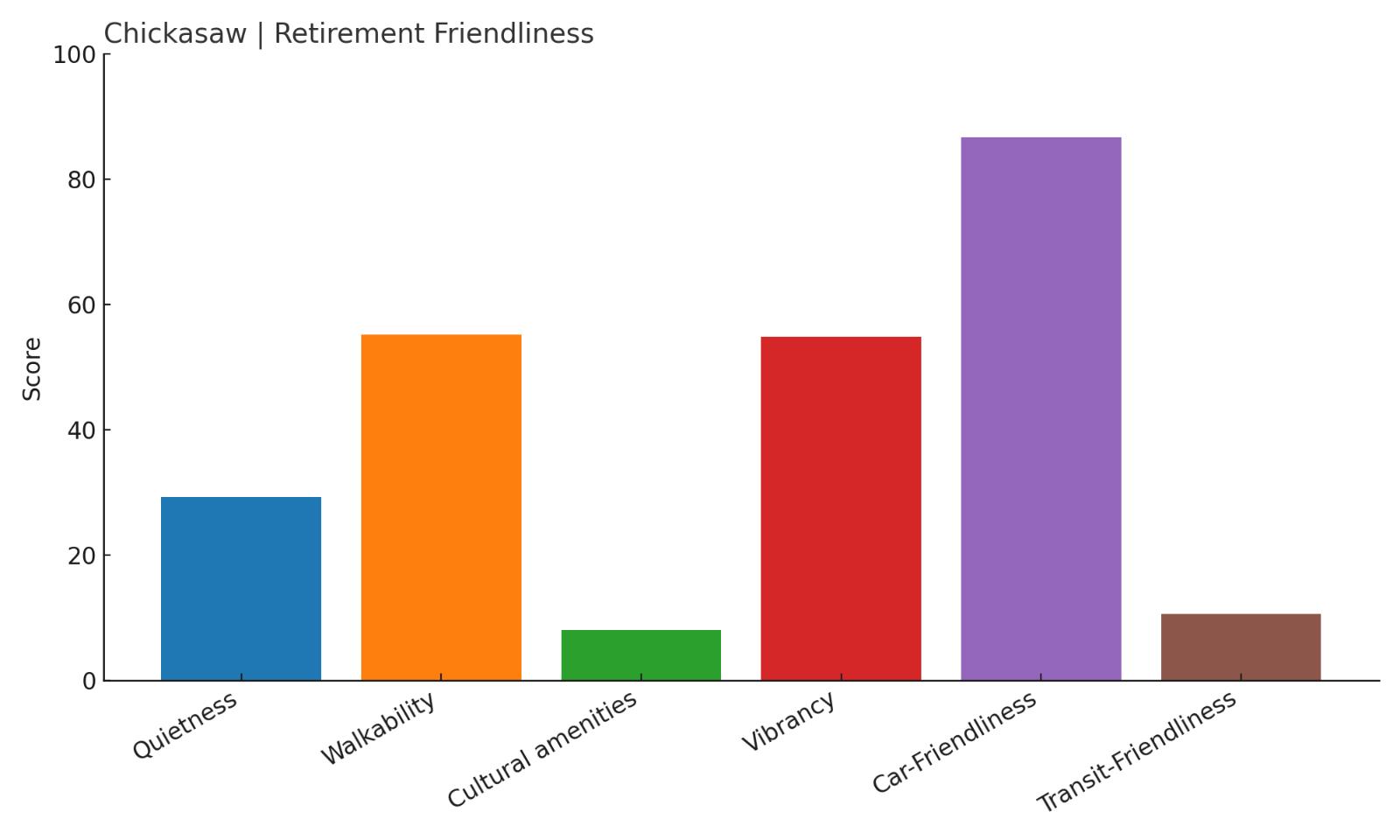
- Overall Retirement Score: 27.75
- Quietness: 29.19
- Walkability: 55.13
- Cultural amenities: 7.96
- Vibrancy: 54.83
- Car-Friendliness: 86.71
- Transit-Friendliness: 10.6
Chickasaw’s ORS makes it clear—while it’s vibrant and decently walkable, the noise, lack of amenities, and industrial surroundings don’t appeal to most retirees. The score reflects a mismatch between what’s offered and what seniors typically want: peace, comfort, and accessible support.
9. Clay – Suburban but Sparse on Services
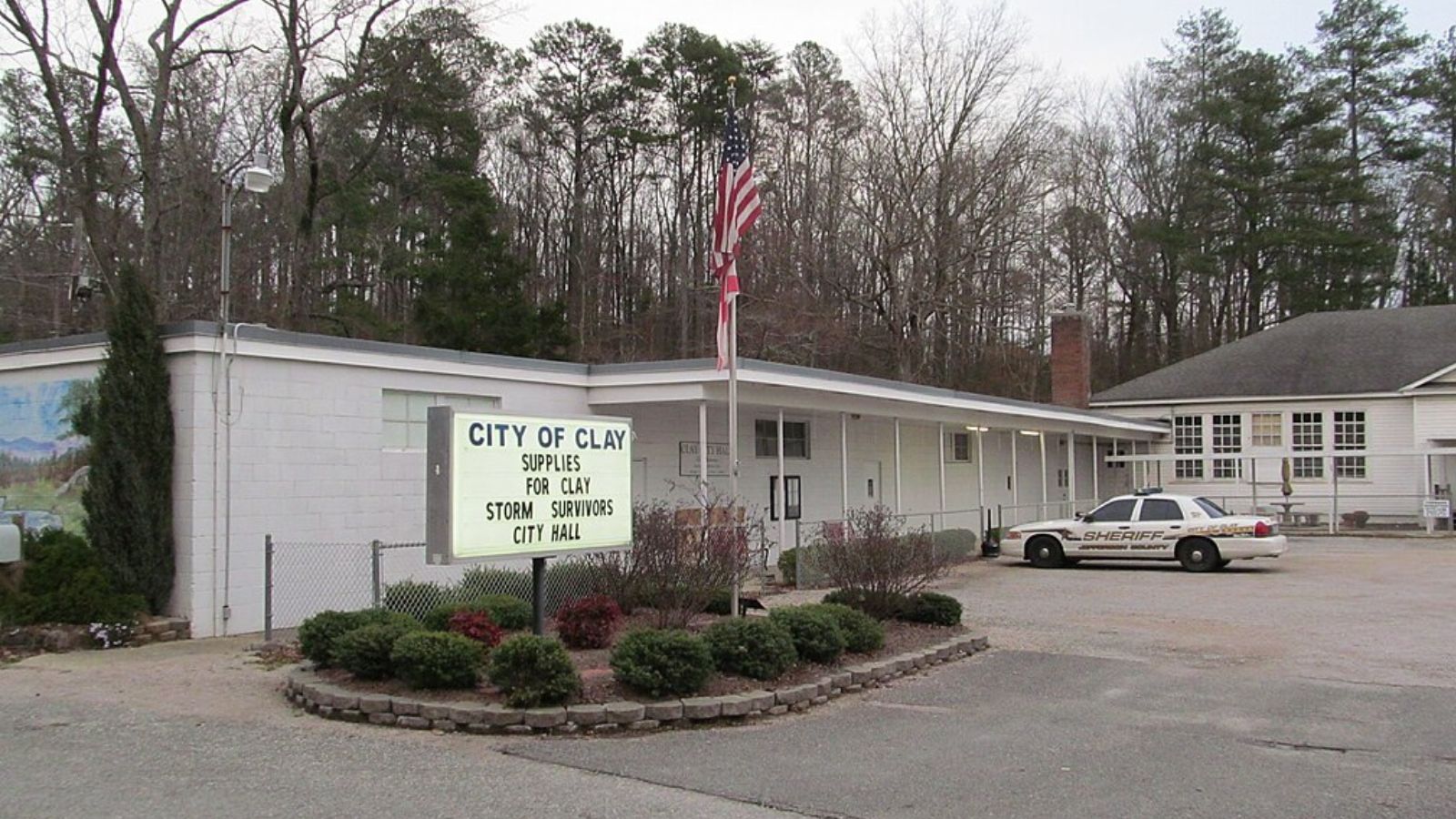
Located northeast of Birmingham, Clay feels like a quiet suburb on paper—but many retirees find that it’s missing the essential features they need. With no major medical centers in town and minimal walkable infrastructure, Clay feels more like a commuter community than a place to comfortably age in place.
The town is better suited to families and younger residents who drive daily into the city. While it offers some cultural amenities and suburban calm, there’s very little available locally for seniors who don’t want to travel far for everyday needs or community connection.
Clay – ORS 26.30
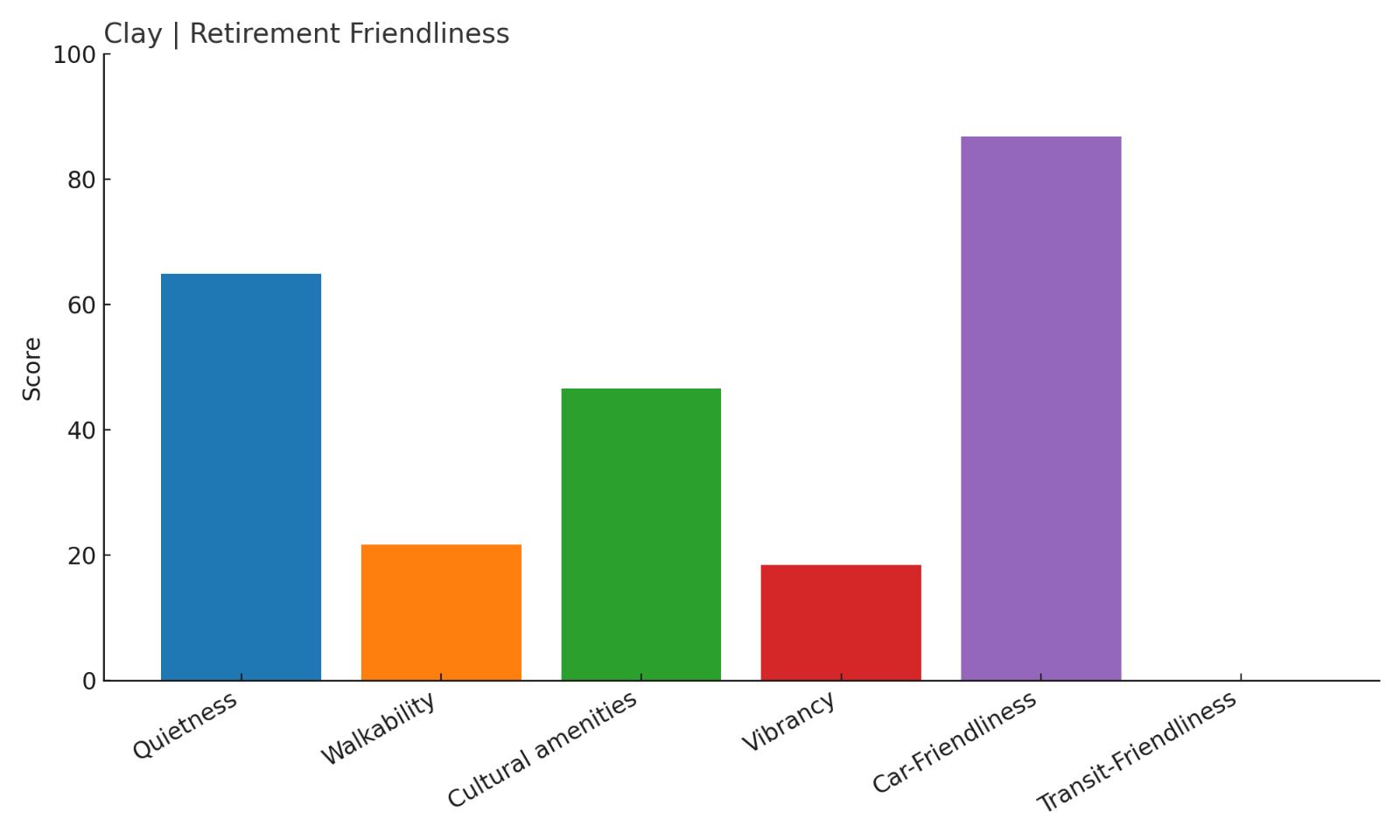
- Overall Retirement Score: 26.30
- Quietness: 64.93
- Walkability: 21.59
- Cultural amenities: 46.59
- Vibrancy: 18.39
- Car-Friendliness: 86.82
- Transit-Friendliness: 0
Despite reasonable cultural options, Clay’s poor walkability and complete lack of public transit limit its appeal to retirees. Without a car, daily life becomes difficult—and with low vibrancy, it’s not the most engaging place to spend your later years.
8. Brookside – Pretty Setting, Not Much Else
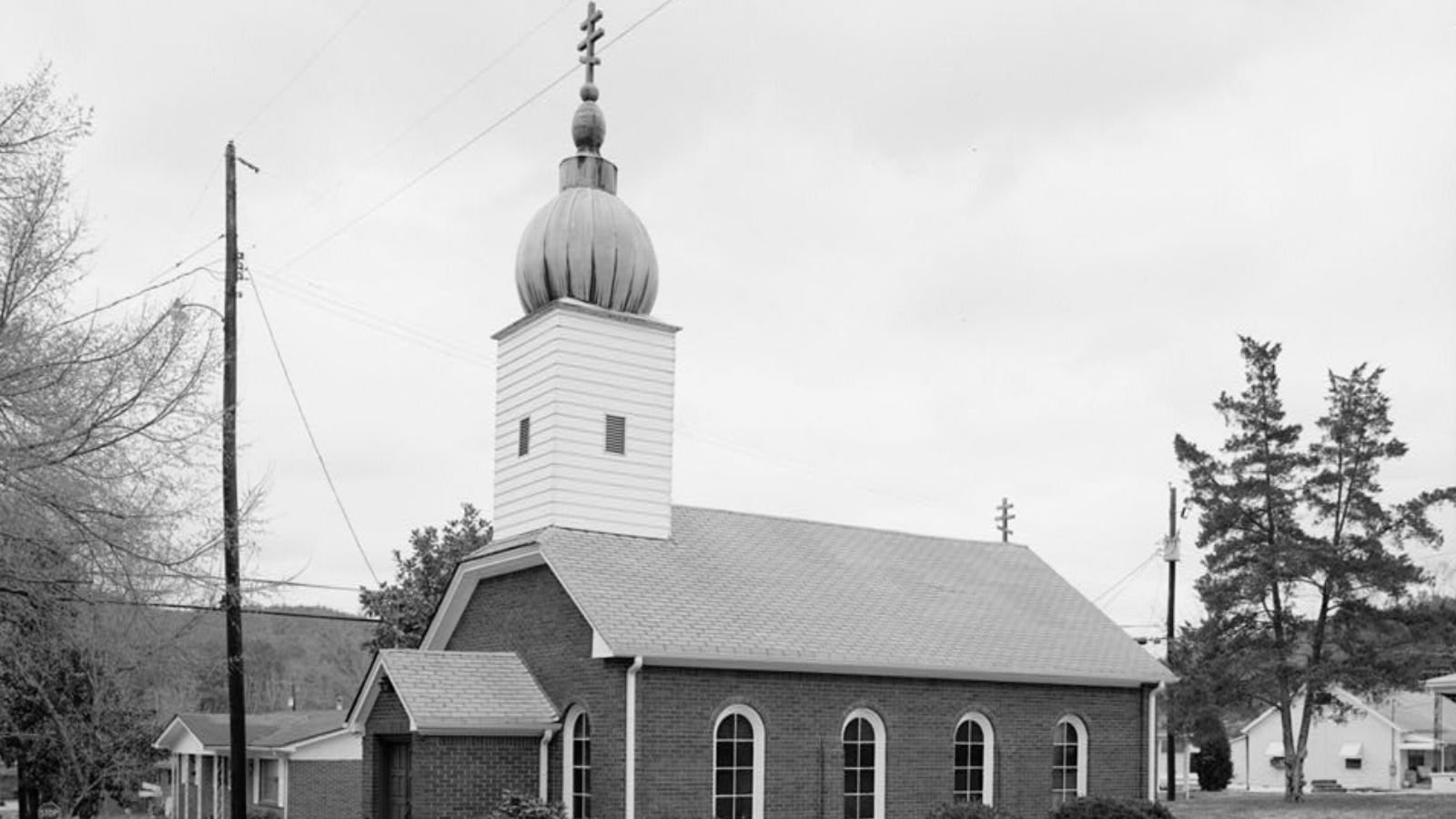
Brookside lies northwest of Birmingham, nestled among wooded hills in Jefferson County. While the setting is attractive and the pace of life is slow, the town itself is small and under-resourced. There are no major medical facilities, limited shopping, and very little organized community life.
Brookside’s appeal lies mainly in its natural surroundings, but that’s not enough to offset the lack of practical services. For retirees without strong local support systems, it can feel disconnected. It’s a town for people who enjoy nature and isolation—not seniors seeking convenience or stimulation.
Brookside – ORS 26.28
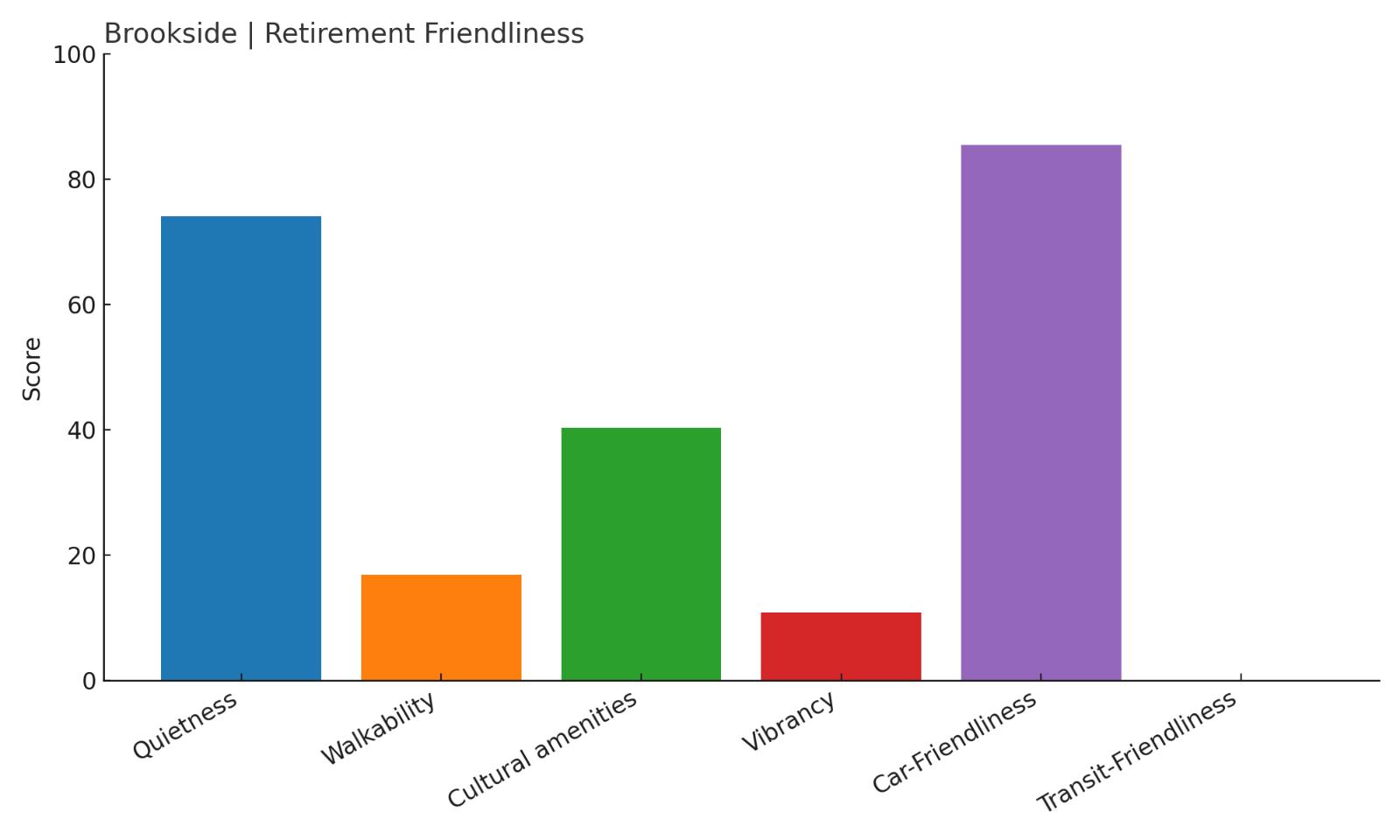
- Overall Retirement Score: 26.28
- Quietness: 74.05
- Walkability: 16.88
- Cultural amenities: 40.3
- Vibrancy: 10.76
- Car-Friendliness: 85.46
- Transit-Friendliness: 0
Brookside’s ORS shows a gap between setting and substance. While quiet and scenic, the town doesn’t provide the infrastructure needed to support a healthy and engaging retirement. Walkability is low, public transportation is nonexistent, and cultural offerings are sparse.
7. Allgood – Low Walkability, Even Lower Activity
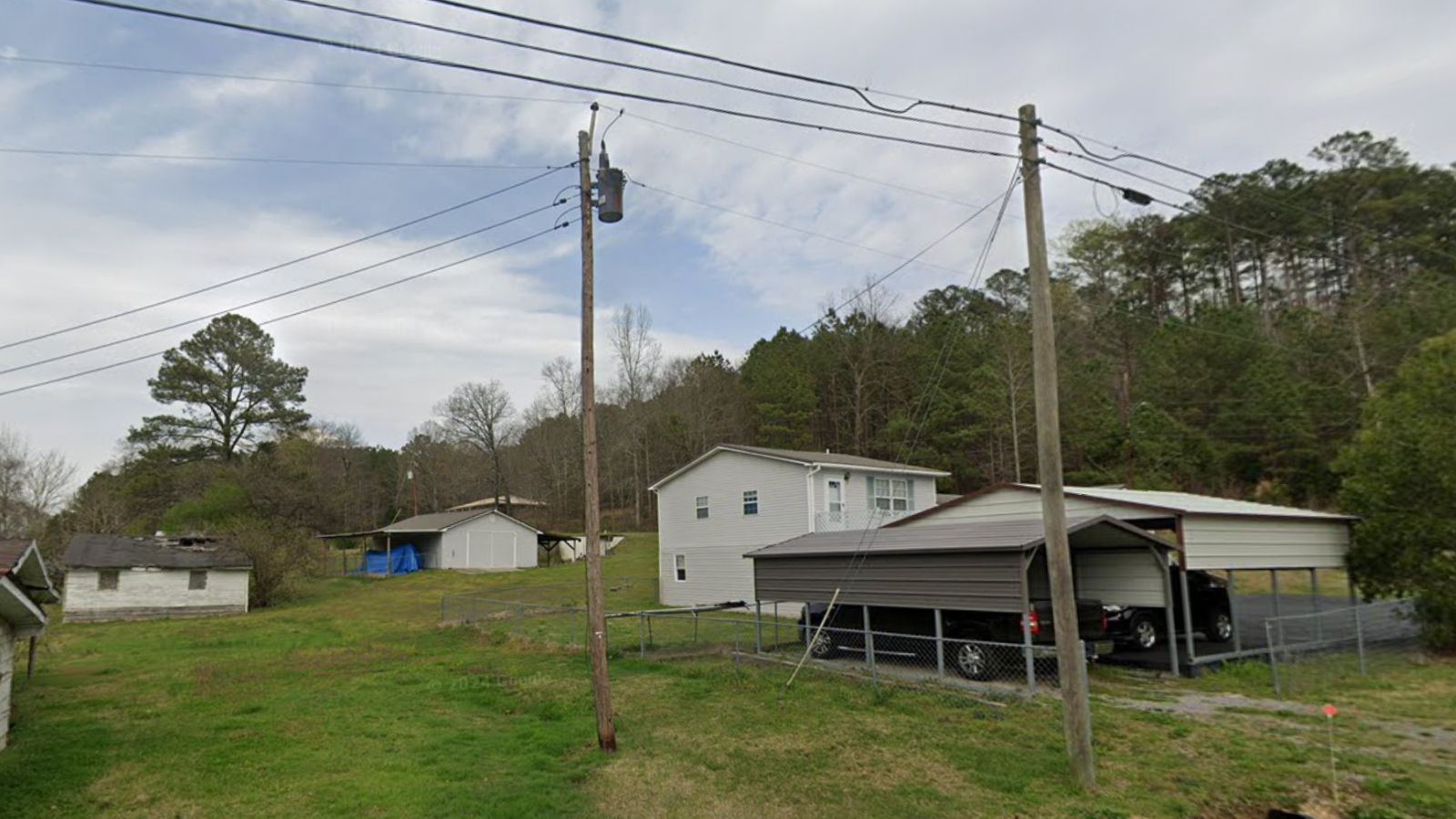
Allgood is a tiny town in Blount County, just north of Birmingham. It’s one of the smallest places on this list—and it shows. Services are minimal, walkability is nearly nonexistent, and most errands require a car. For retirees, this means long drives for groceries, healthcare, and social interaction.
While it’s peaceful and relatively safe, Allgood has almost no local events or cultural life. It may be suitable for those who enjoy complete rural isolation, but most seniors will likely find it inconvenient and limiting for day-to-day living.
Allgood – ORS 25.95
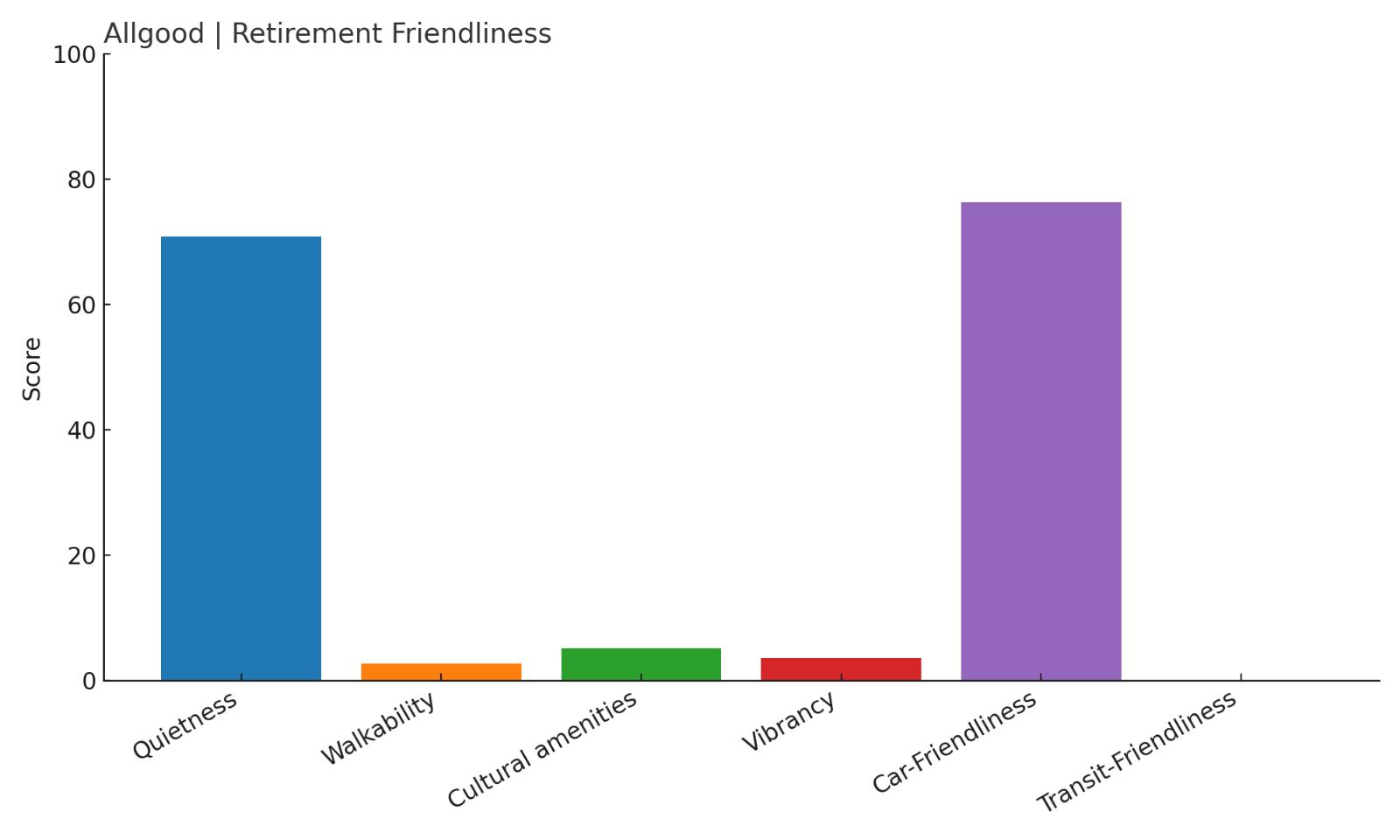
- Overall Retirement Score: 25.95
- Quietness: 70.83
- Walkability: 2.6
- Cultural amenities: 5.06
- Vibrancy: 3.58
- Car-Friendliness: 76.23
- Transit-Friendliness: 0
Allgood’s ORS score is dragged down by its complete lack of walkability and low vibrancy. With no transit, sparse services, and few opportunities to stay active or social, it’s a challenging environment for seniors trying to maintain independence and engagement.
6. Midfield – Loud, Crowded, and Lacking Calm
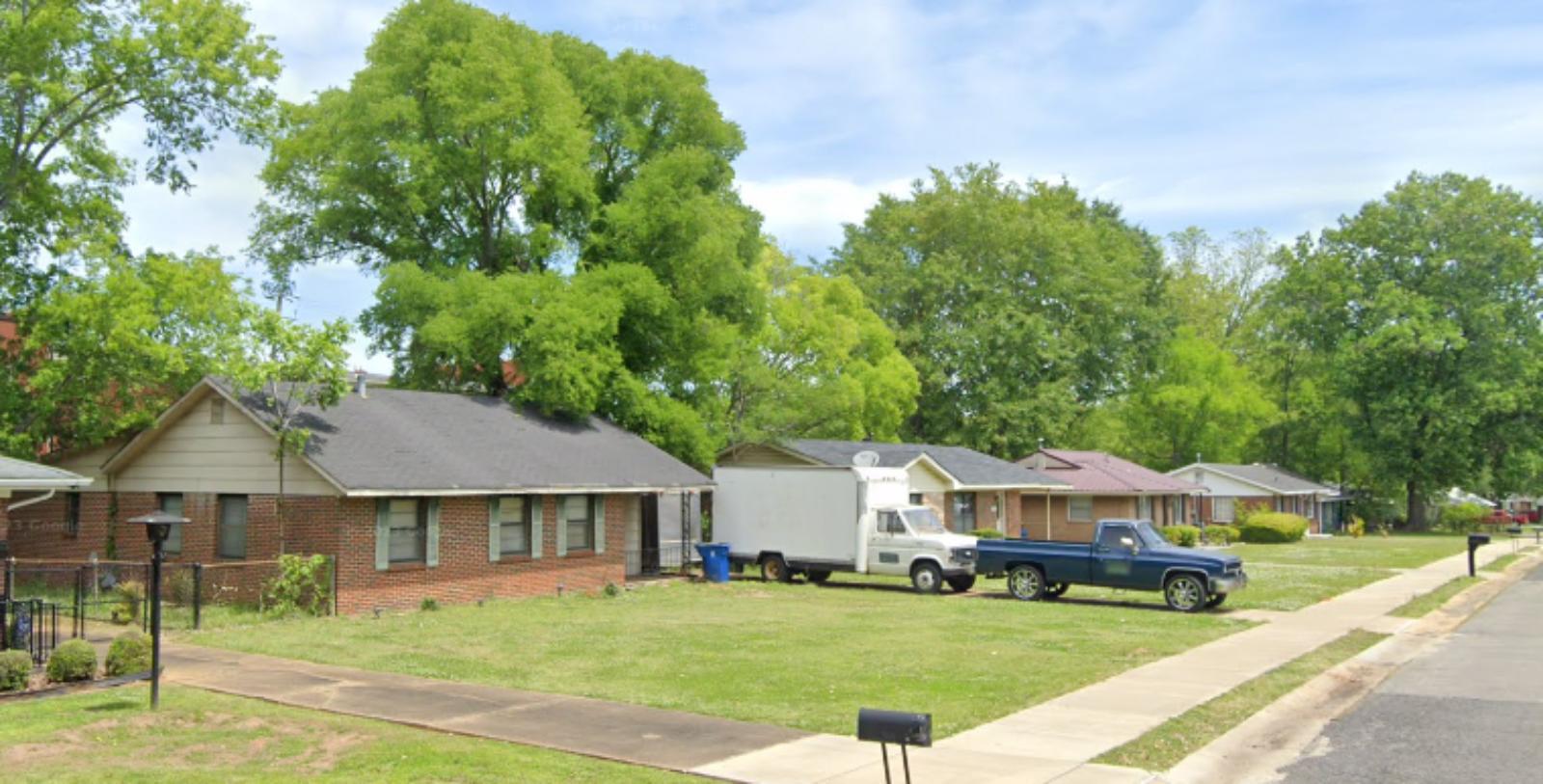
Midfield is a small city in Jefferson County, just outside of Birmingham. While it’s close to the city center, Midfield suffers from a high level of traffic and noise—not exactly ideal conditions for a peaceful retirement. The population density and busy roads make it feel more urban than suburban, without offering the amenities or cultural perks that often come with larger cities.
There’s some transit access and vibrancy here, but the trade-off is a loud environment and a lack of open green spaces or community-focused infrastructure for seniors. Retirees looking for quiet, relaxed surroundings may find Midfield overwhelming and inconvenient.
Midfield – ORS 25.93
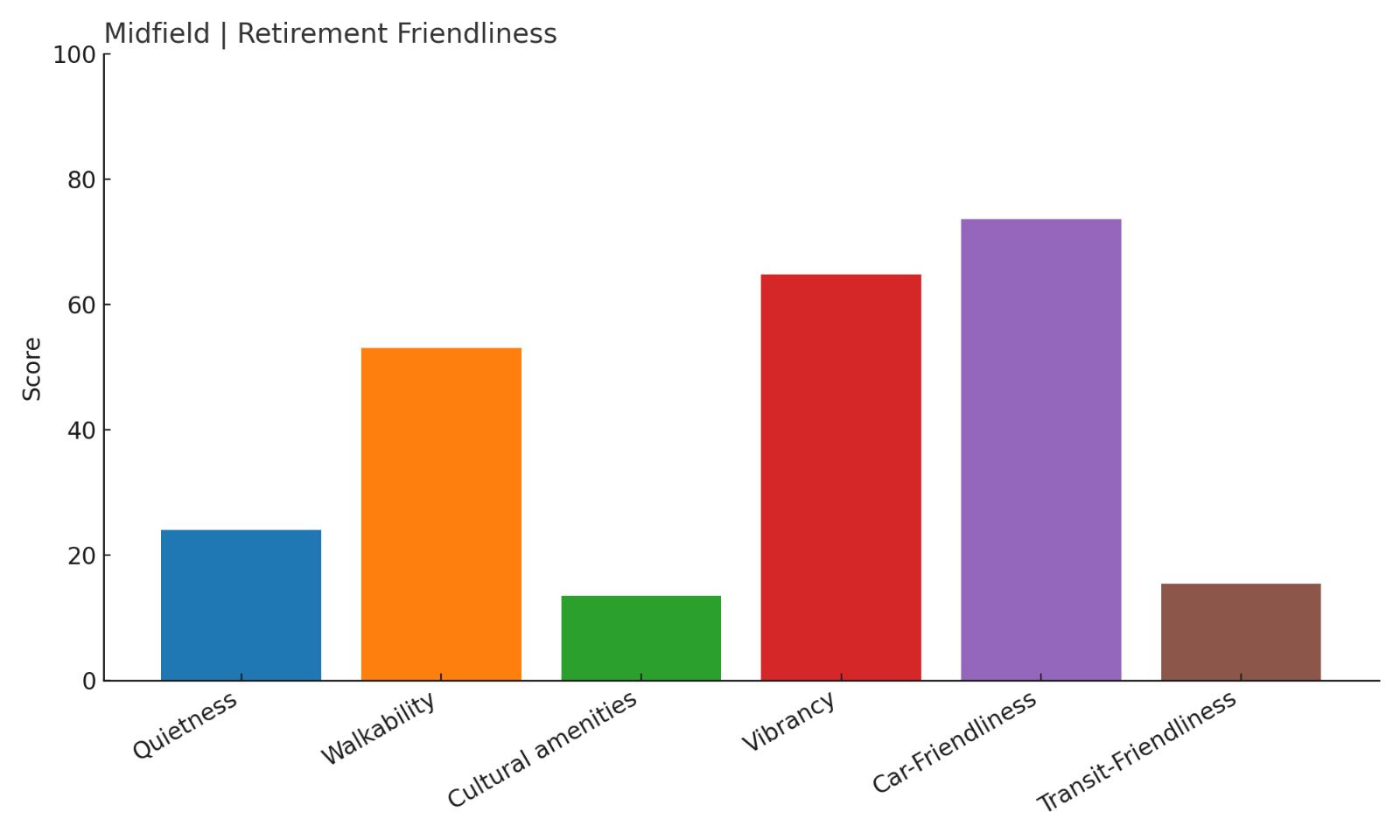
- Overall Retirement Score: 25.93
- Quietness: 23.99
- Walkability: 53.08
- Cultural amenities: 13.54
- Vibrancy: 64.76
- Car-Friendliness: 73.64
- Transit-Friendliness: 15.42
Midfield’s ORS reflects an imbalanced retirement environment—plenty of activity and movement, but not enough calm or senior-specific resources. While it scores better than some rural towns in walkability and vibrancy, it lacks the peace and support structure most older adults are looking for.
5. Addison – Rural Isolation at Its Most Extreme
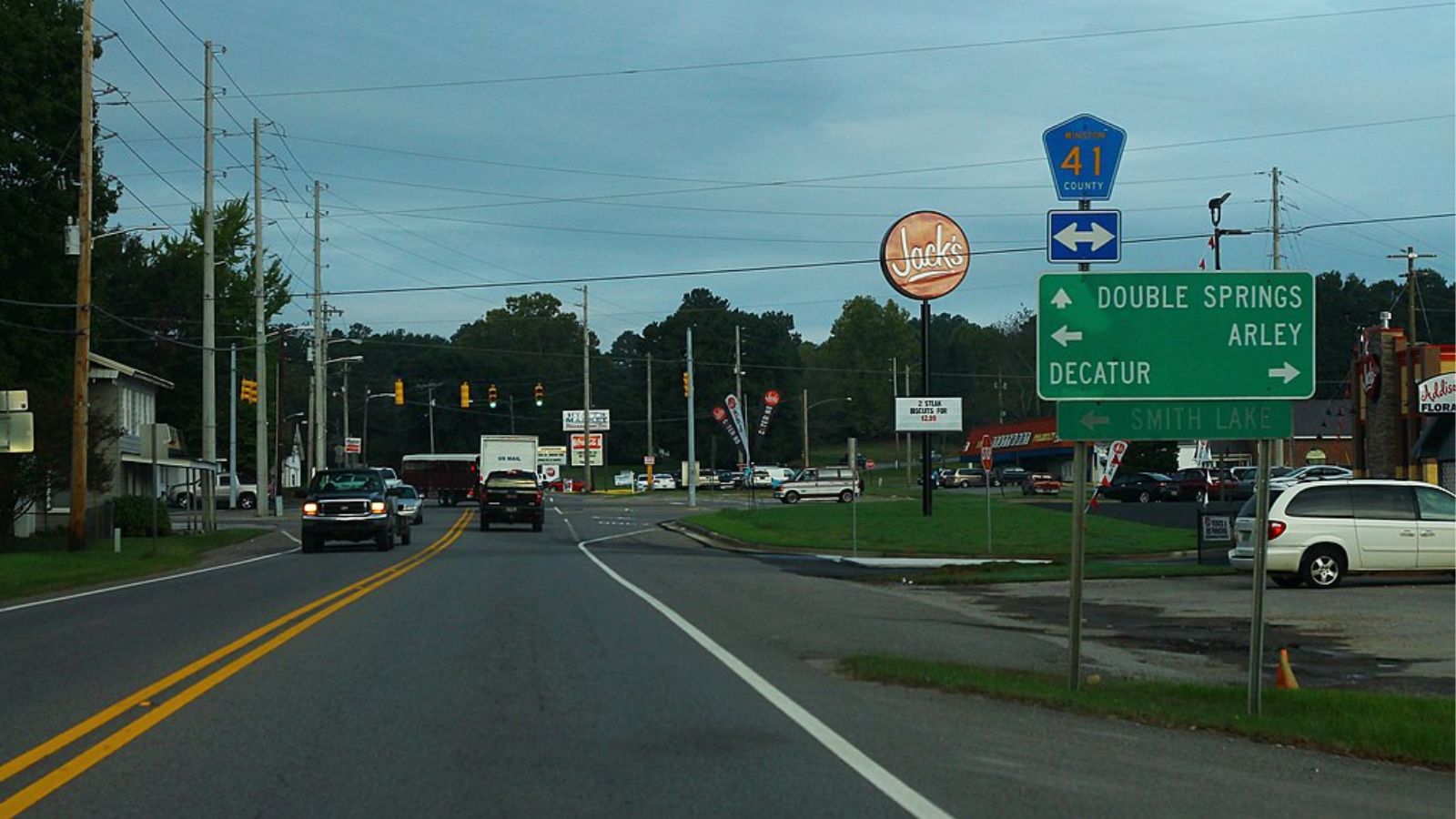
Located in Winston County in northwest Alabama, Addison is a quiet rural town surrounded by forest and farmland. While the pace of life is slow, the downside is near-total dependence on a car for everything. There are no hospitals in town, very few shops, and almost nothing in the way of recreation or community centers for seniors.
Addison might appeal to those who crave seclusion, but the lack of public infrastructure, cultural events, and social opportunities makes it a tough environment for aging in place. It’s a town best suited to those who already have family nearby—or don’t mind living far from amenities.
Addison – ORS 25.31
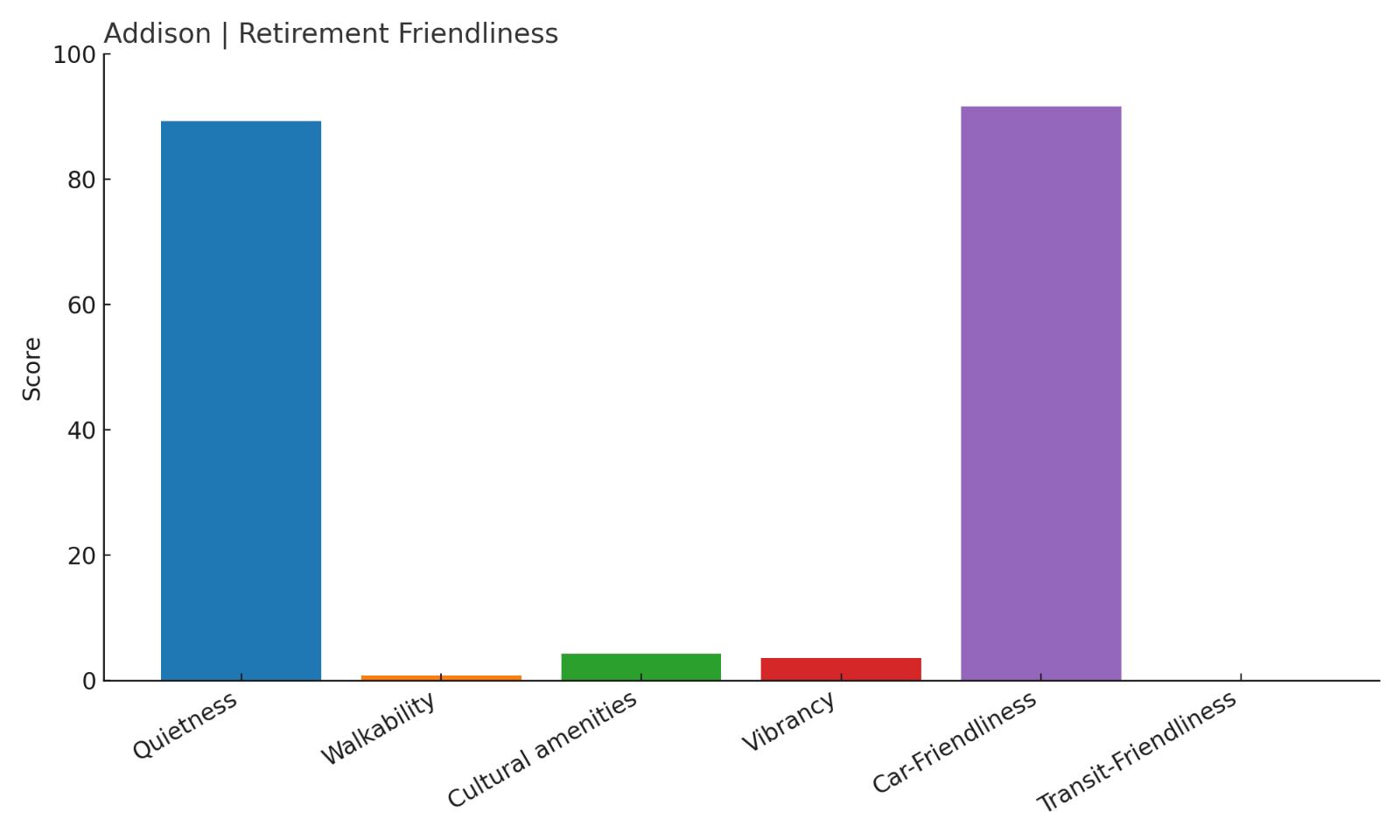
- Overall Retirement Score: 25.31
- Quietness: 89.2
- Walkability: 0.78
- Cultural amenities: 4.23
- Vibrancy: 3.57
- Car-Friendliness: 91.54
- Transit-Friendliness: 0
Addison’s ORS score shows just how little infrastructure exists for retirees. While it’s peaceful, the complete lack of walkability, transit, and community features means seniors here are on their own—quite literally. It’s quiet, but it comes at the cost of convenience and connection.
4. Center Point – Busy but Unsupported
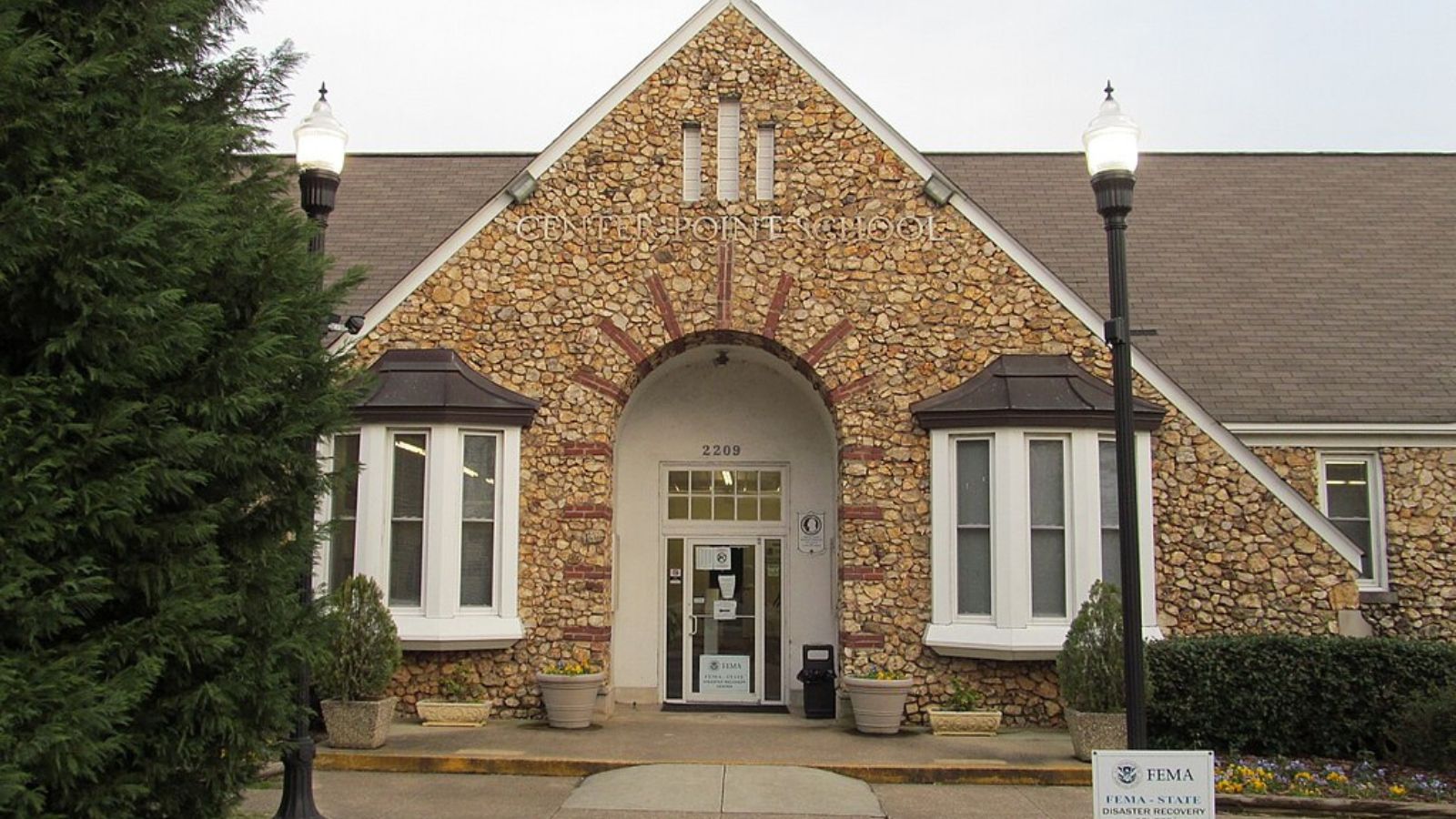
Center Point is part of the Birmingham metro area and feels more suburban-urban than small town. It has a mix of retail plazas, older neighborhoods, and major roads running through it—but very little in the way of dedicated senior infrastructure. Despite its size, it lacks calm spaces, accessible healthcare hubs, or walkable neighborhoods built with retirees in mind.
The environment is active, but the fast pace and limited public services can make daily life stressful for older adults. While younger families may find it affordable and convenient, retirees will likely find it noisy, congested, and tiring to navigate without strong support networks.
Center Point – ORS 20.44
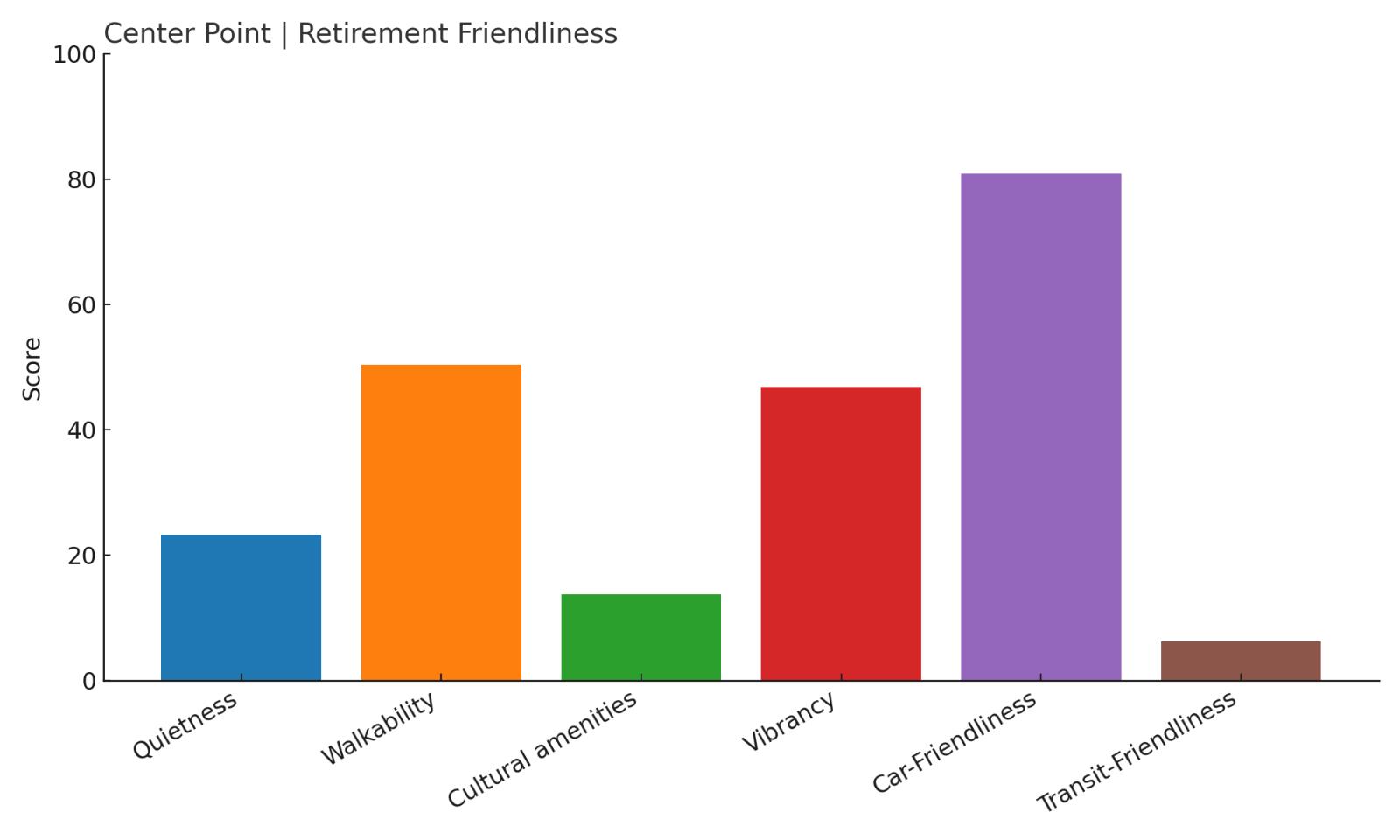
- Overall Retirement Score: 20.44
- Quietness: 23.16
- Walkability: 50.33
- Cultural amenities: 13.7
- Vibrancy: 46.8
- Car-Friendliness: 80.91
- Transit-Friendliness: 6.18
Center Point’s ORS reflects its difficult mix of noise, congestion, and modest amenities. While there’s some vibrancy and accessibility, the lack of peace and purpose-built services make it hard to recommend for retirement. It’s energetic—but not necessarily in a good way for seniors.
3. Boykin – Peaceful but Practically Empty
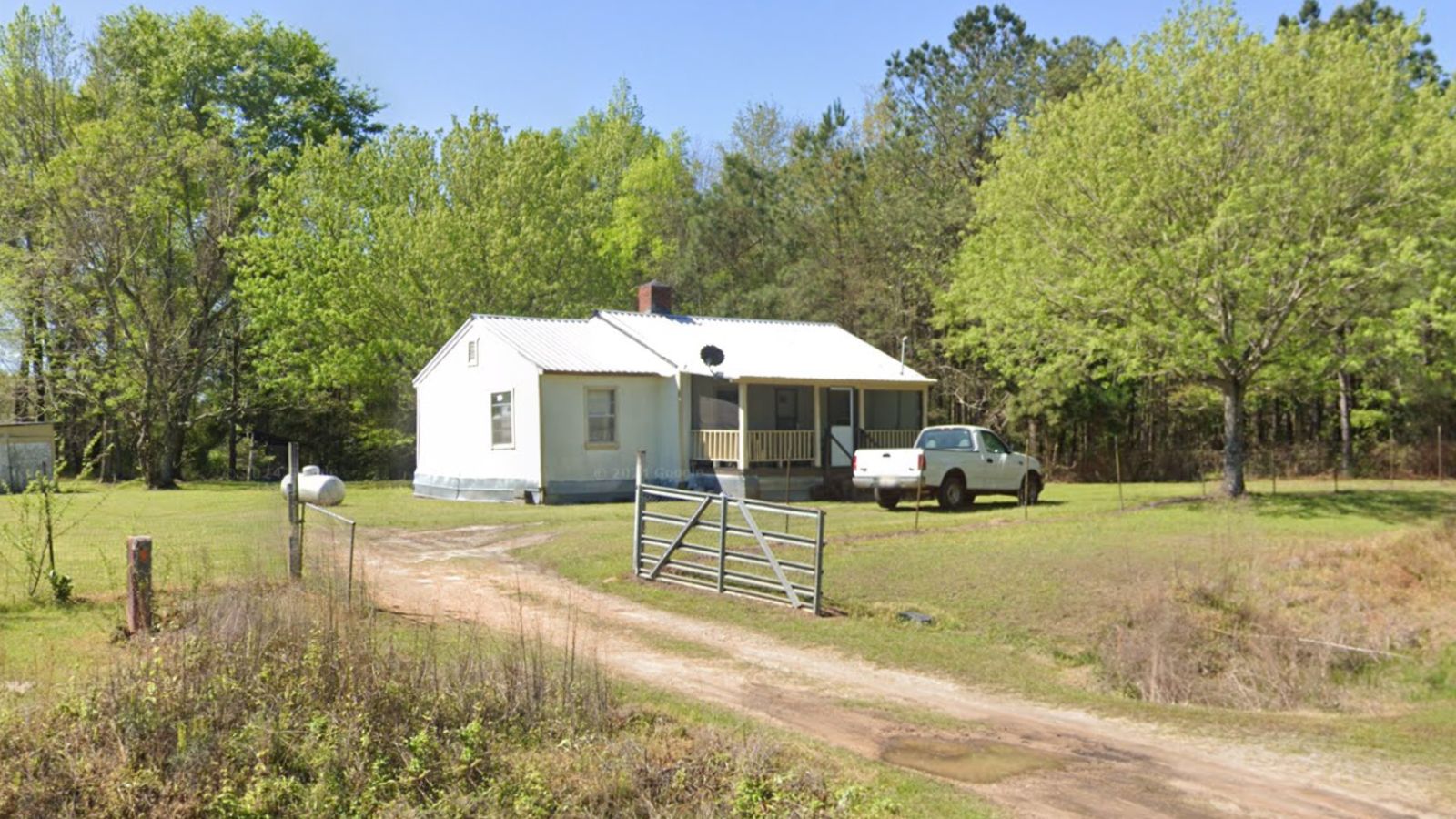
Boykin is a tiny, remote community in Wilcox County, near the Alabama River. It’s exceptionally quiet and surrounded by natural beauty, but it’s also one of the least developed areas in the state. There are few paved roads, no public transportation, and next to no access to healthcare or grocery stores nearby. For retirees, the extreme rural setting can be a serious drawback.
While the isolation might appeal to some, most older adults will struggle with the logistics of living in Boykin. Without local amenities or community activity, aging in place here means going it alone—or planning for frequent, long-distance travel for even basic services.
Boykin – ORS 18.83
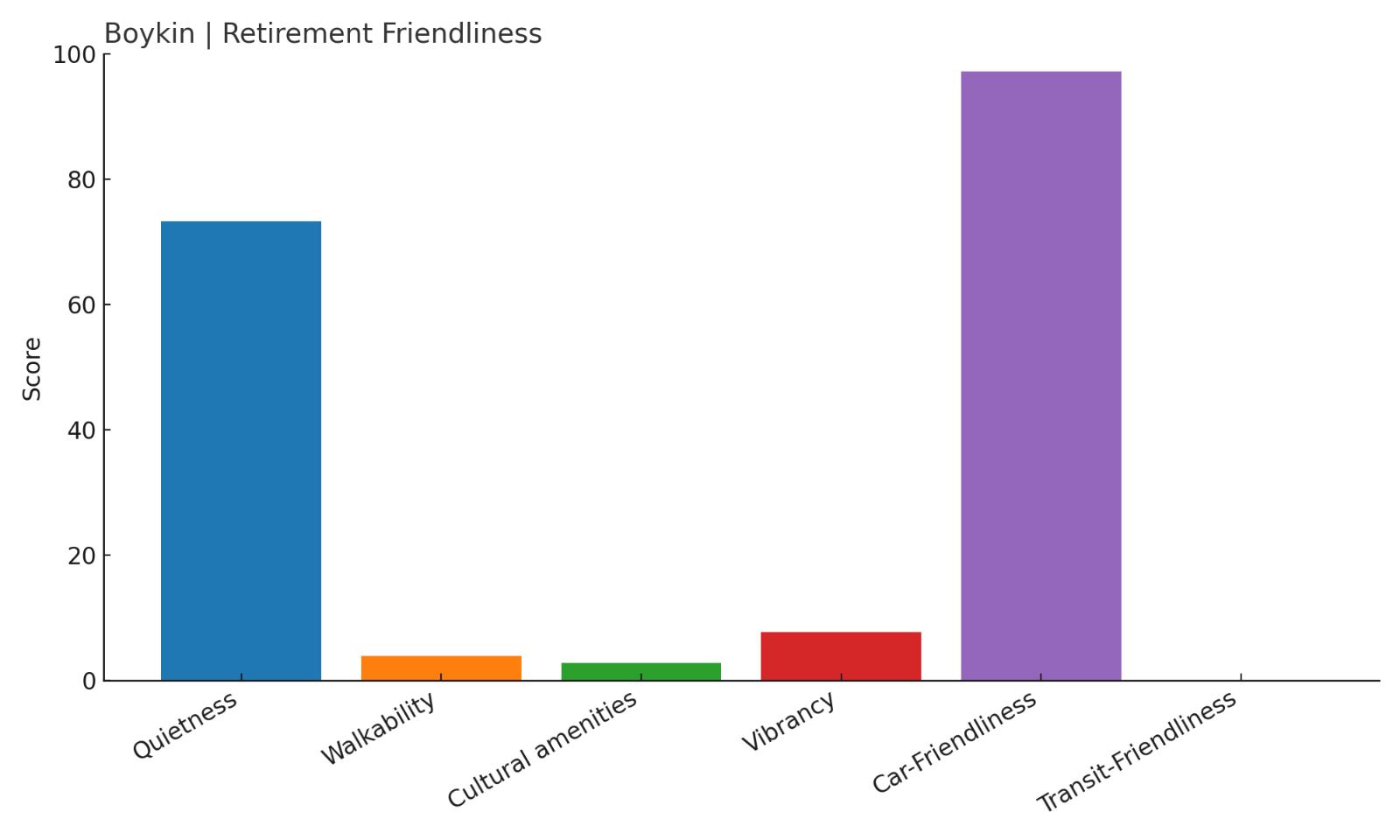
- Overall Retirement Score: 18.83
- Quietness: 73.21
- Walkability: 3.86
- Cultural amenities: 2.71
- Vibrancy: 7.67
- Car-Friendliness: 97.16
- Transit-Friendliness: 0
Boykin’s ORS score reflects a place that is quiet but wholly lacking in services, culture, or convenience. It’s extremely car-dependent, and there’s little in the way of stimulation or support for older residents. For most retirees, the downsides far outweigh the peaceful setting.
2. Tarrant – Transit, But That’s About It
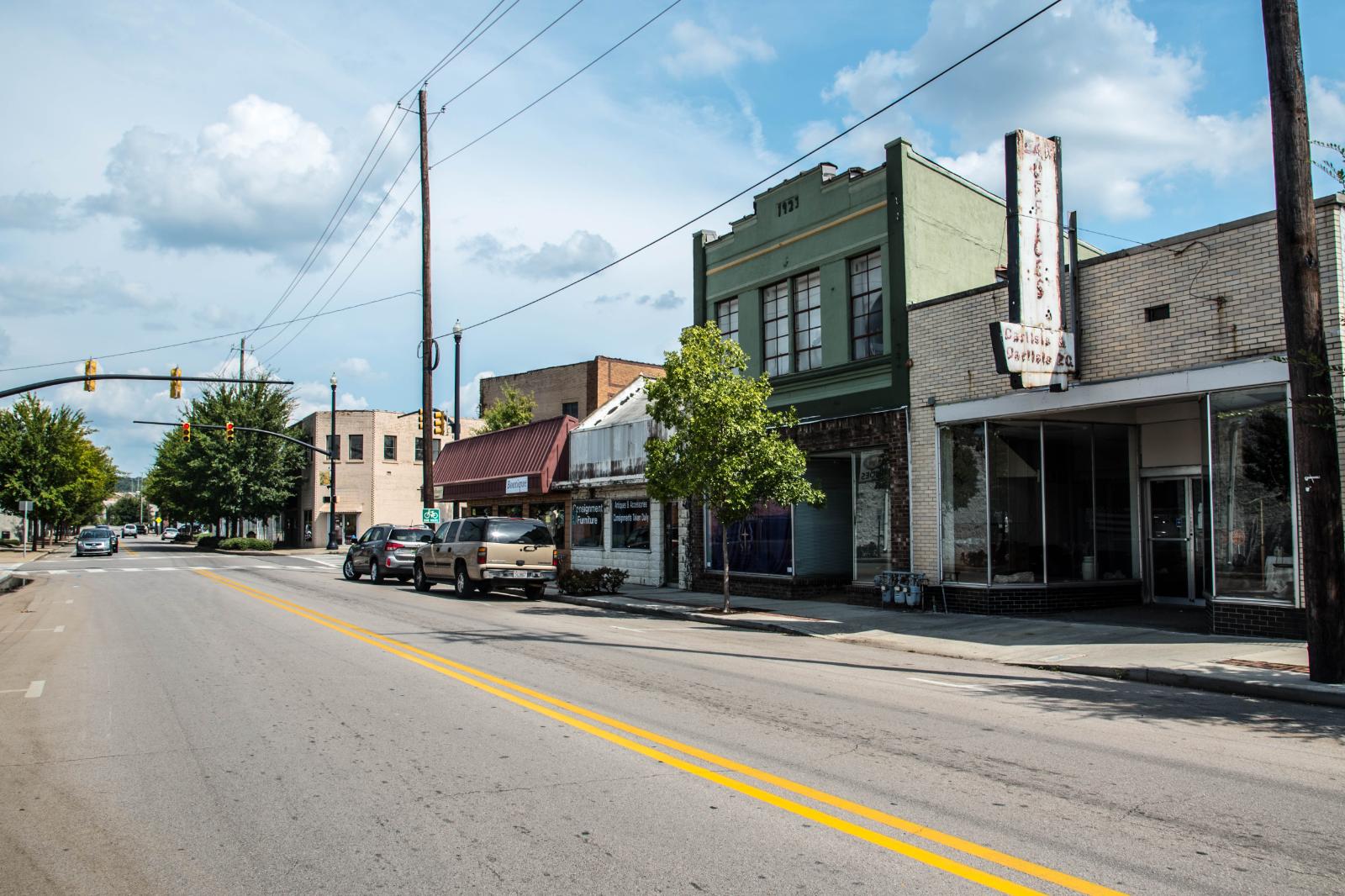
Tarrant is a small city in Jefferson County, close to Birmingham, with a strong industrial past. It has a few pockets of residential development, but overall, it lacks the safety, quiet, and amenities that many seniors look for. While there is some limited transit access, it’s not enough to make up for the lack of healthcare services, green space, or walkable infrastructure.
The town has some vibrancy due to its proximity to Birmingham, but the day-to-day environment can feel chaotic and under-resourced. It’s not a place where aging feels easy or supported, especially for those seeking a slower pace of life in their retirement years.
Tarrant – ORS 10.01
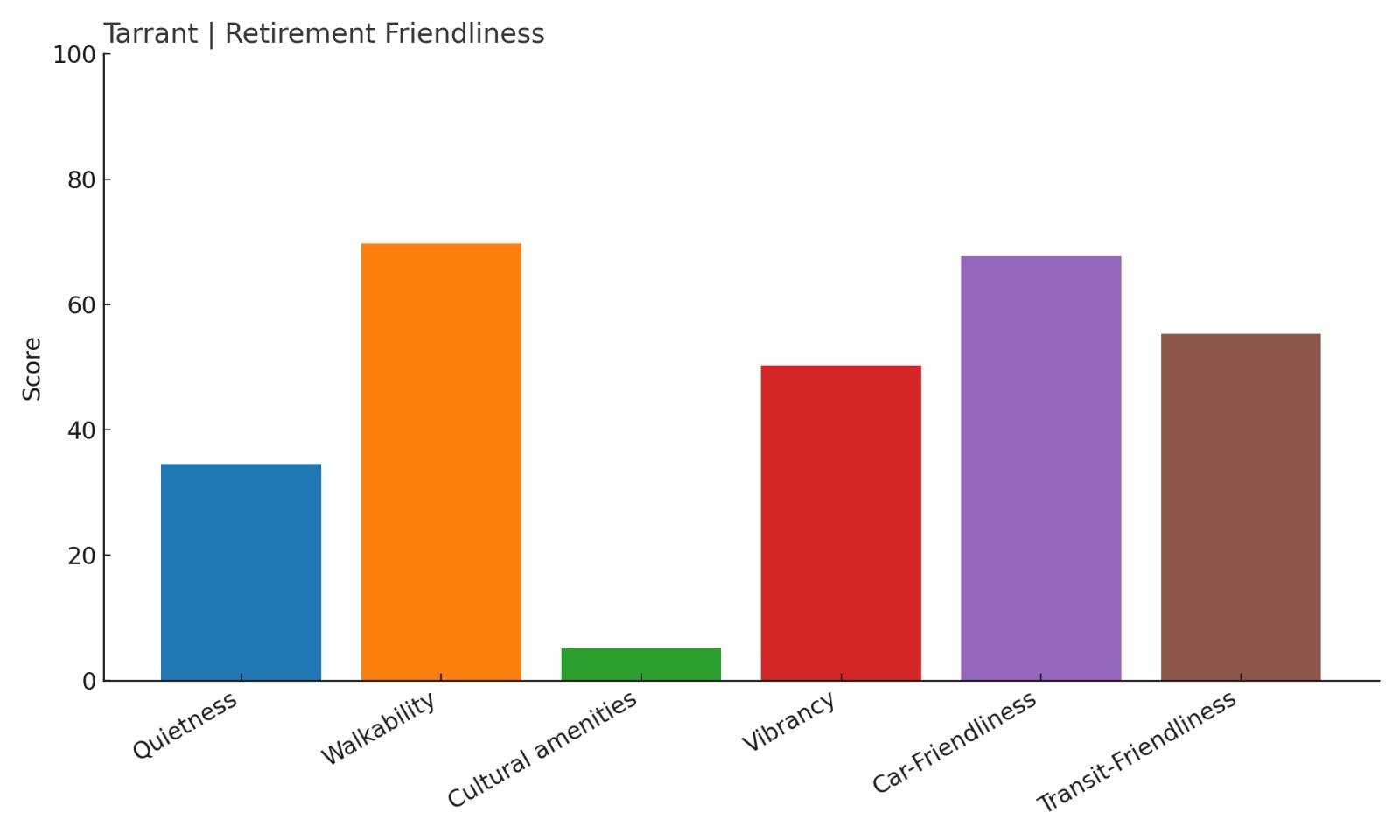
- Overall Retirement Score: 10.01
- Quietness: 34.49
- Walkability: 69.67
- Cultural amenities: 5.12
- Vibrancy: 50.24
- Car-Friendliness: 67.65
- Transit-Friendliness: 55.26
Despite decent walkability and transit access, Tarrant ranks near the bottom due to its low quietness and minimal cultural or health services. The ORS reflects how little the town offers for seniors beyond proximity to Birmingham. For most, it simply doesn’t feel like a place to settle down comfortably.
1. McIntosh – High on Silence, Low on Everything Else
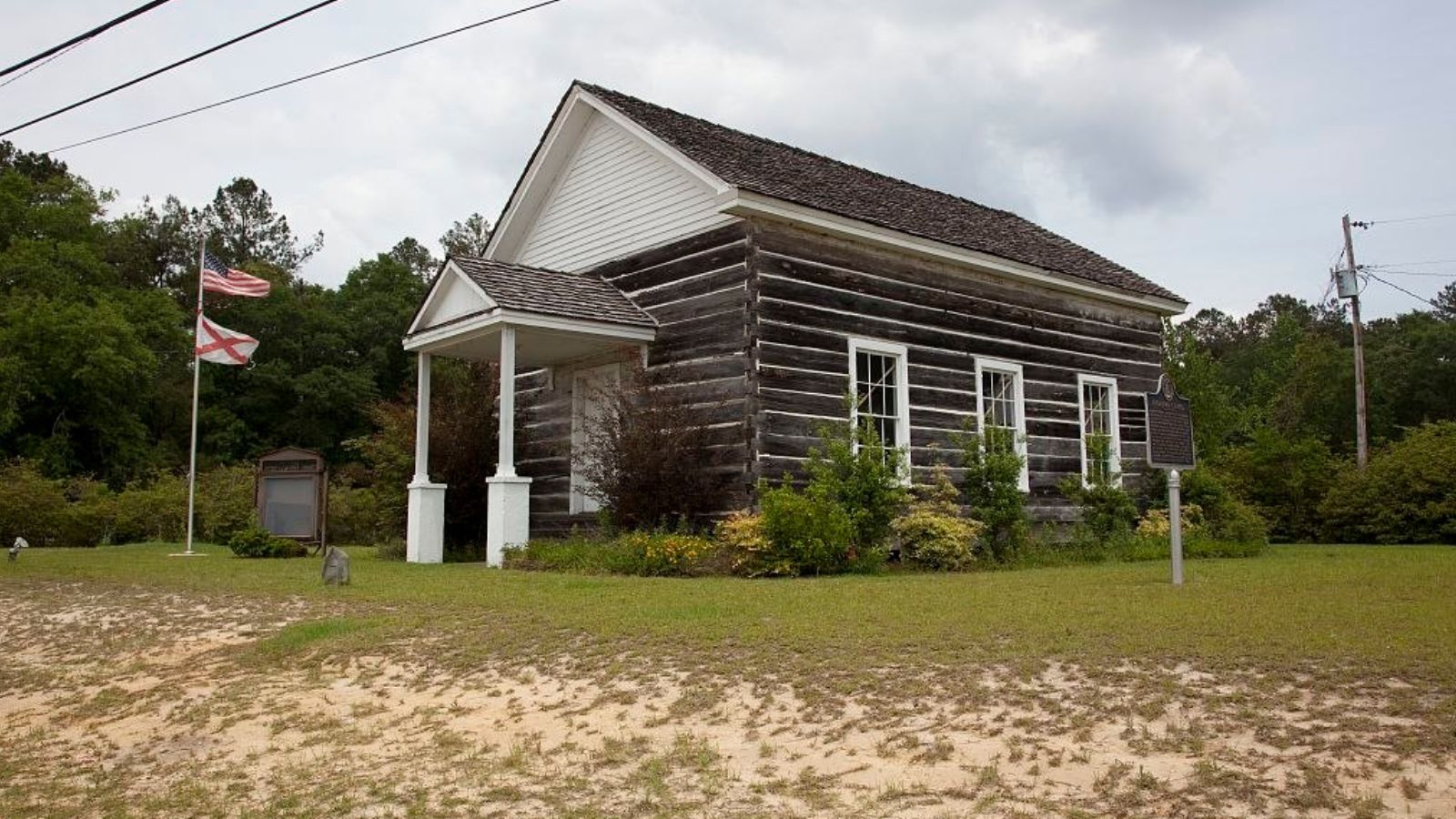
Carol M. Highsmith, Public domain, via Wikimedia Commons
McIntosh is a small town in Washington County, close to the Tombigbee River. While it’s one of the quietest towns in the state, that’s about the only retirement-friendly quality it has. There are no hospitals, barely any retail, and next to zero opportunities for engagement or enrichment. It’s a peaceful place to pass through, not a practical one to retire in.
The town’s extreme lack of walkability and services leaves retirees entirely dependent on driving—often long distances—for groceries, healthcare, and social interaction. McIntosh may be calm, but the isolation and lack of infrastructure make it the least suitable retirement town in Alabama according to the ORS.
McIntosh – ORS 9.44
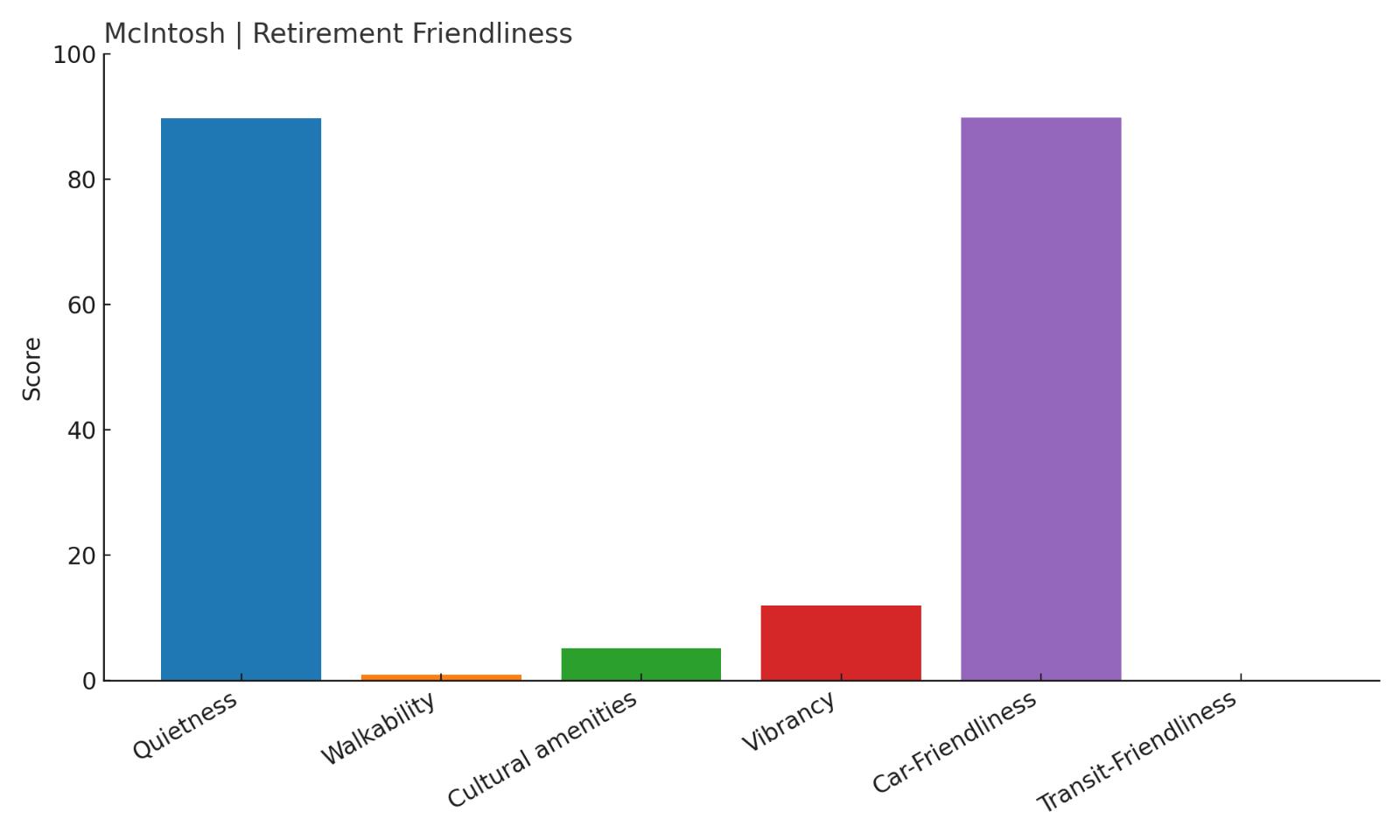
- Overall Retirement Score: 9.44
- Quietness: 89.63
- Walkability: 0.84
- Cultural amenities: 5.05
- Vibrancy: 11.97
- Car-Friendliness: 89.81
- Transit-Friendliness: 0
McIntosh’s ORS score is the lowest on the list, and it’s easy to see why. There’s little more than silence here—no services, no access, no culture, and no community engagement. For retirees hoping to stay active, healthy, and connected, McIntosh misses the mark entirely.



